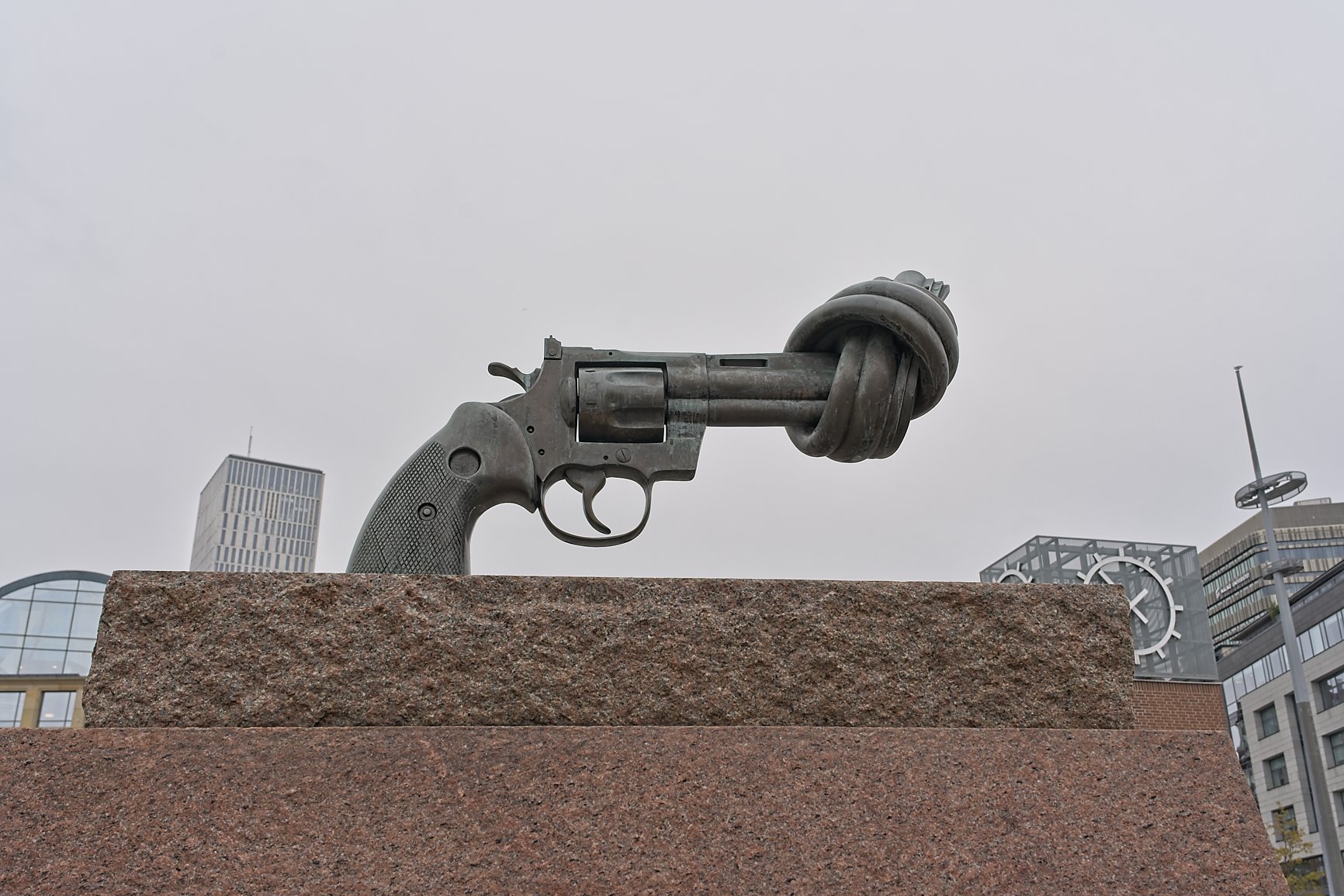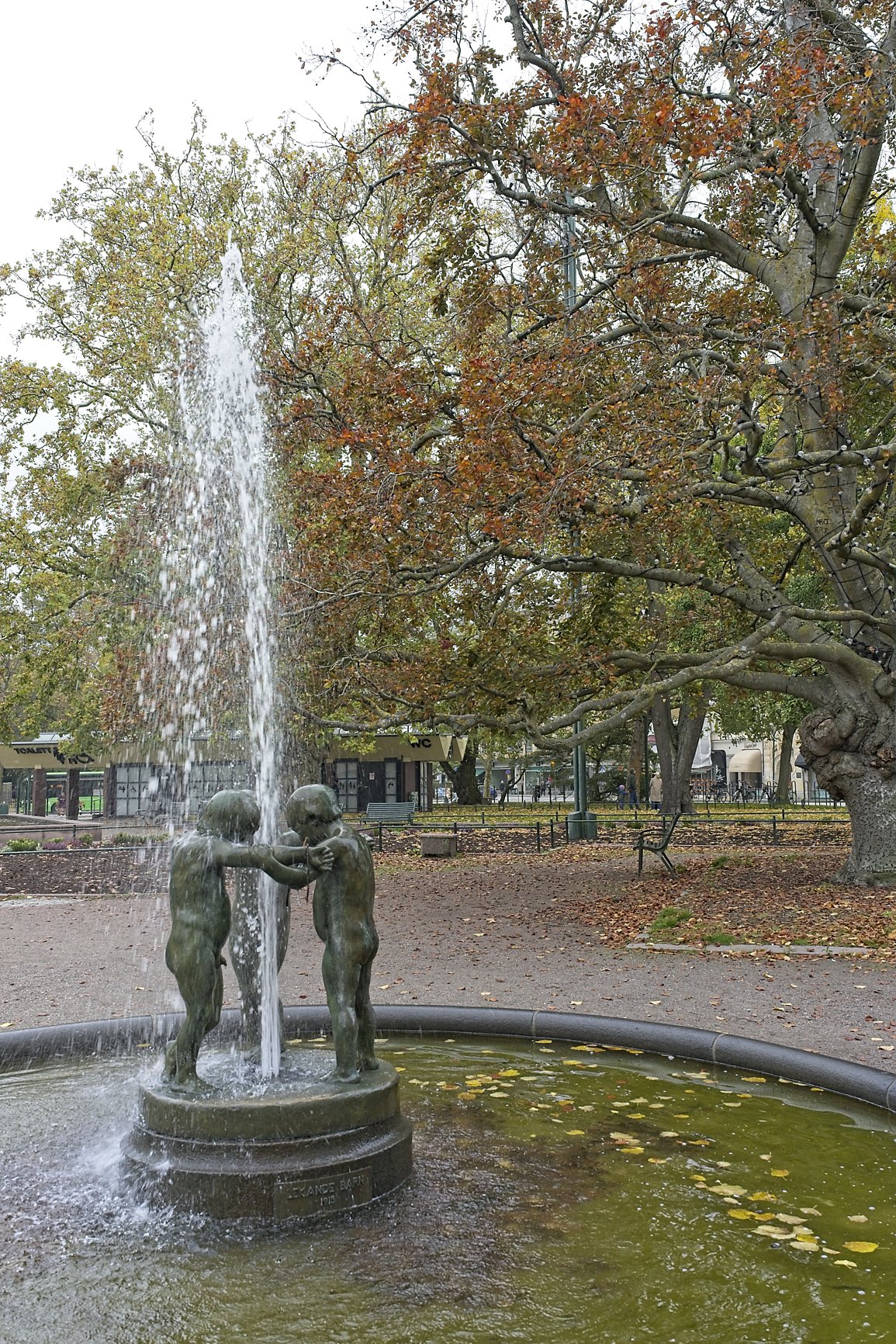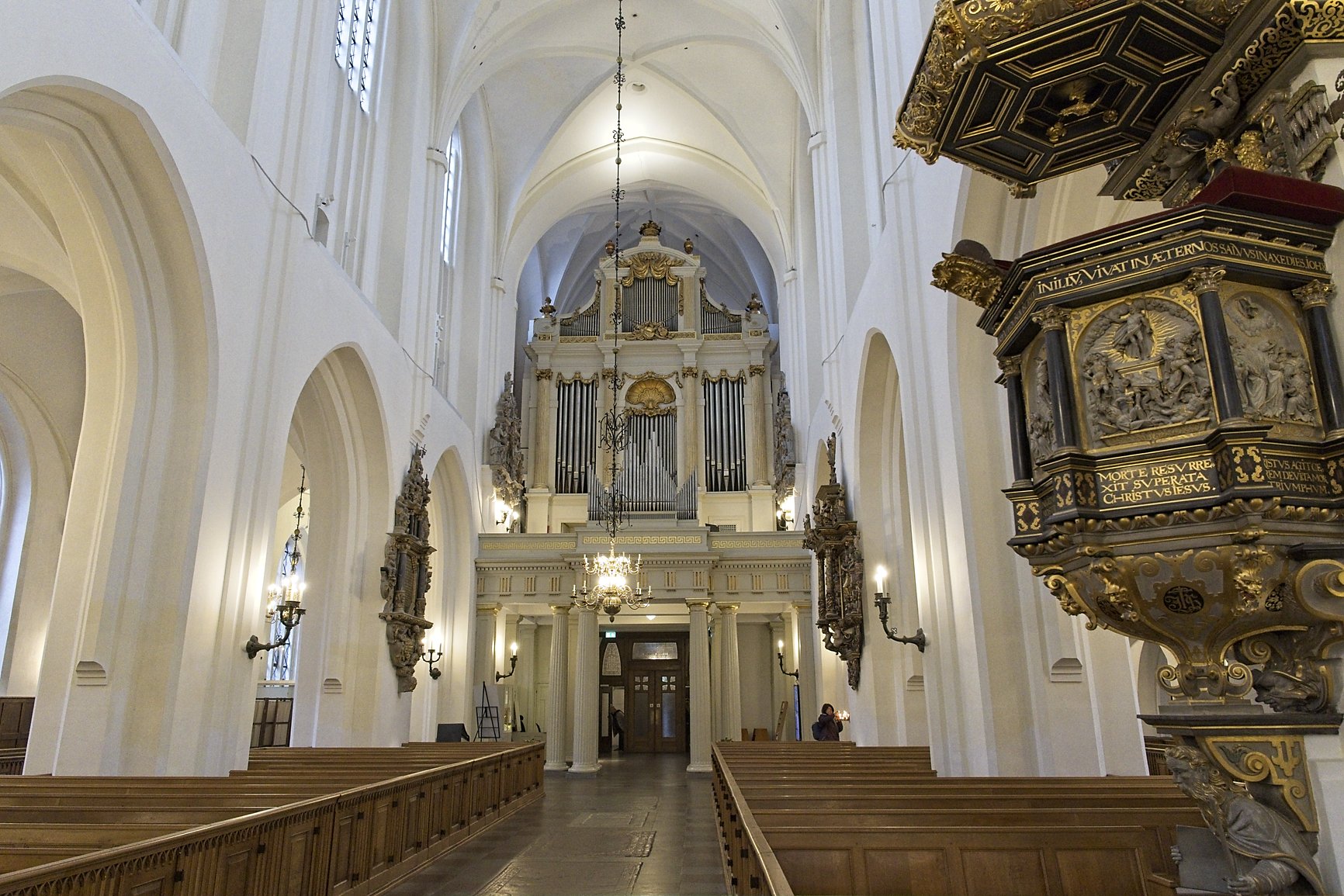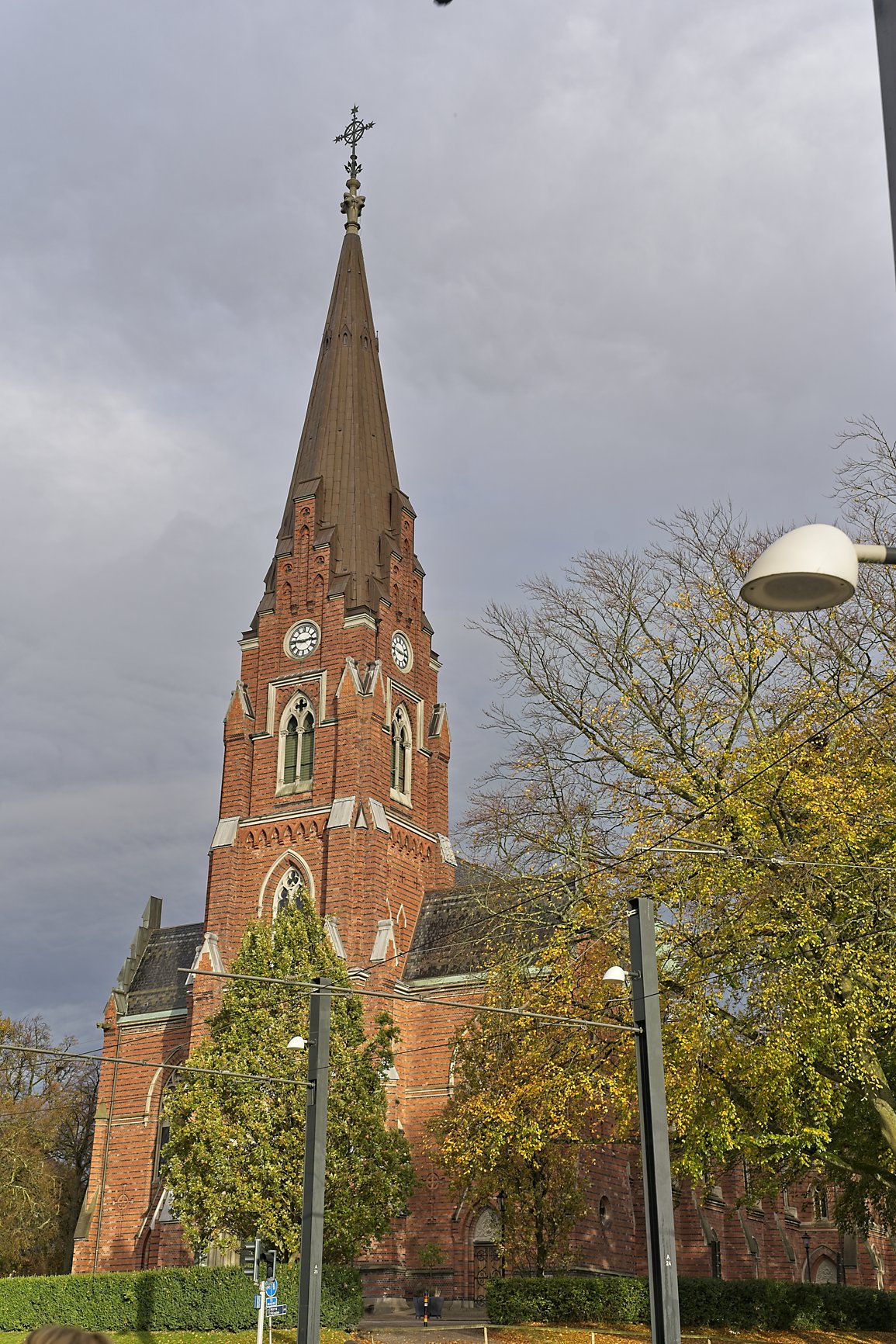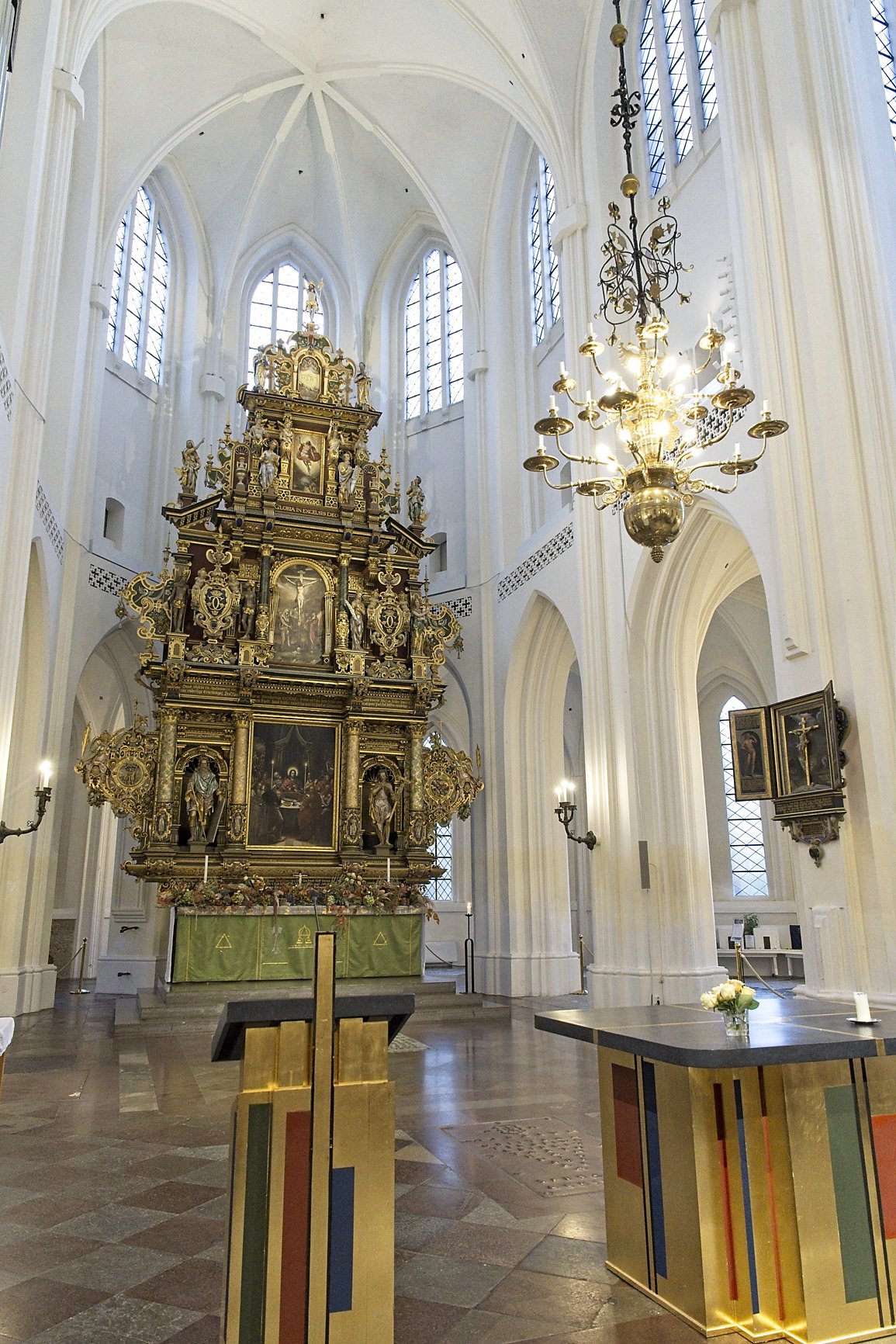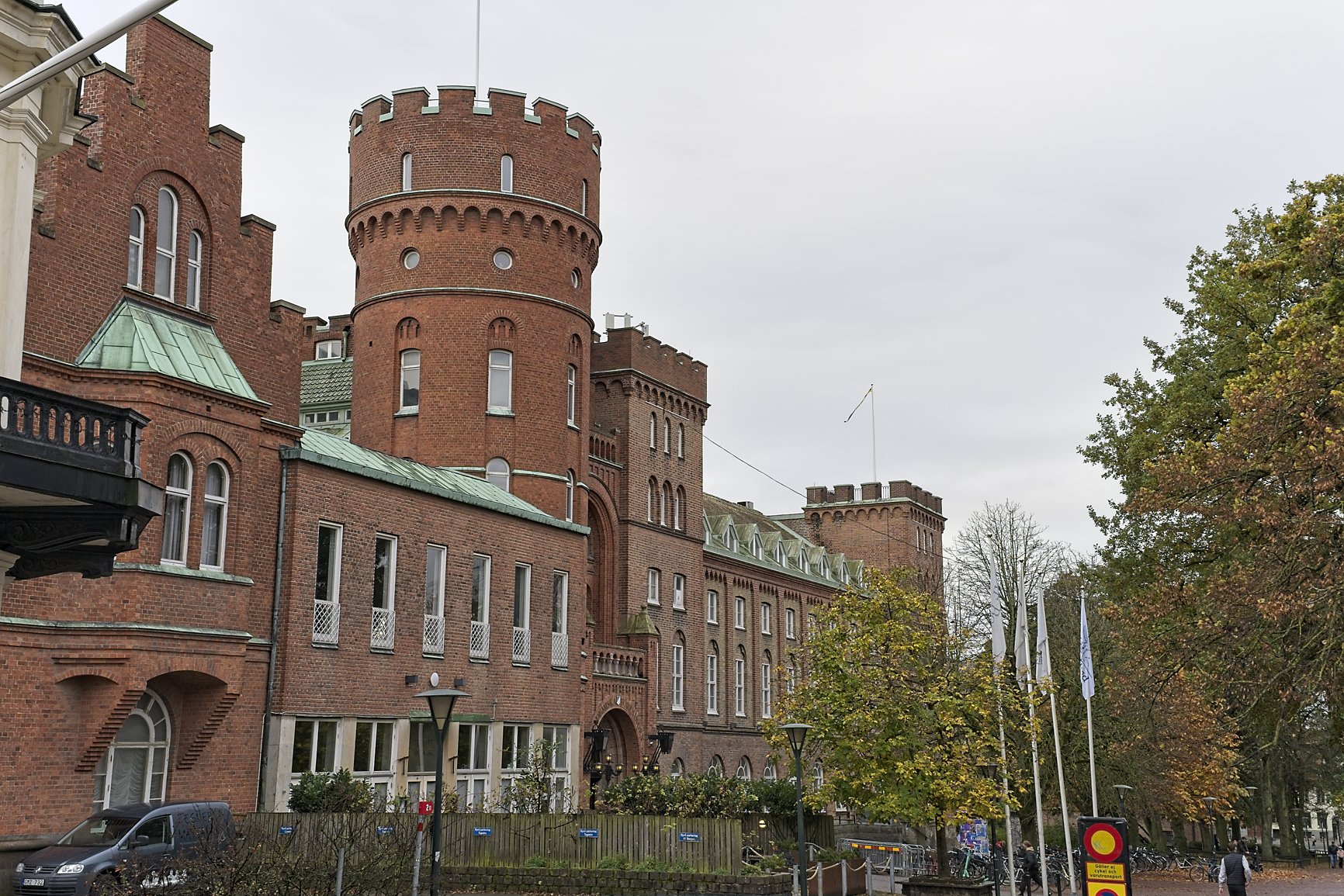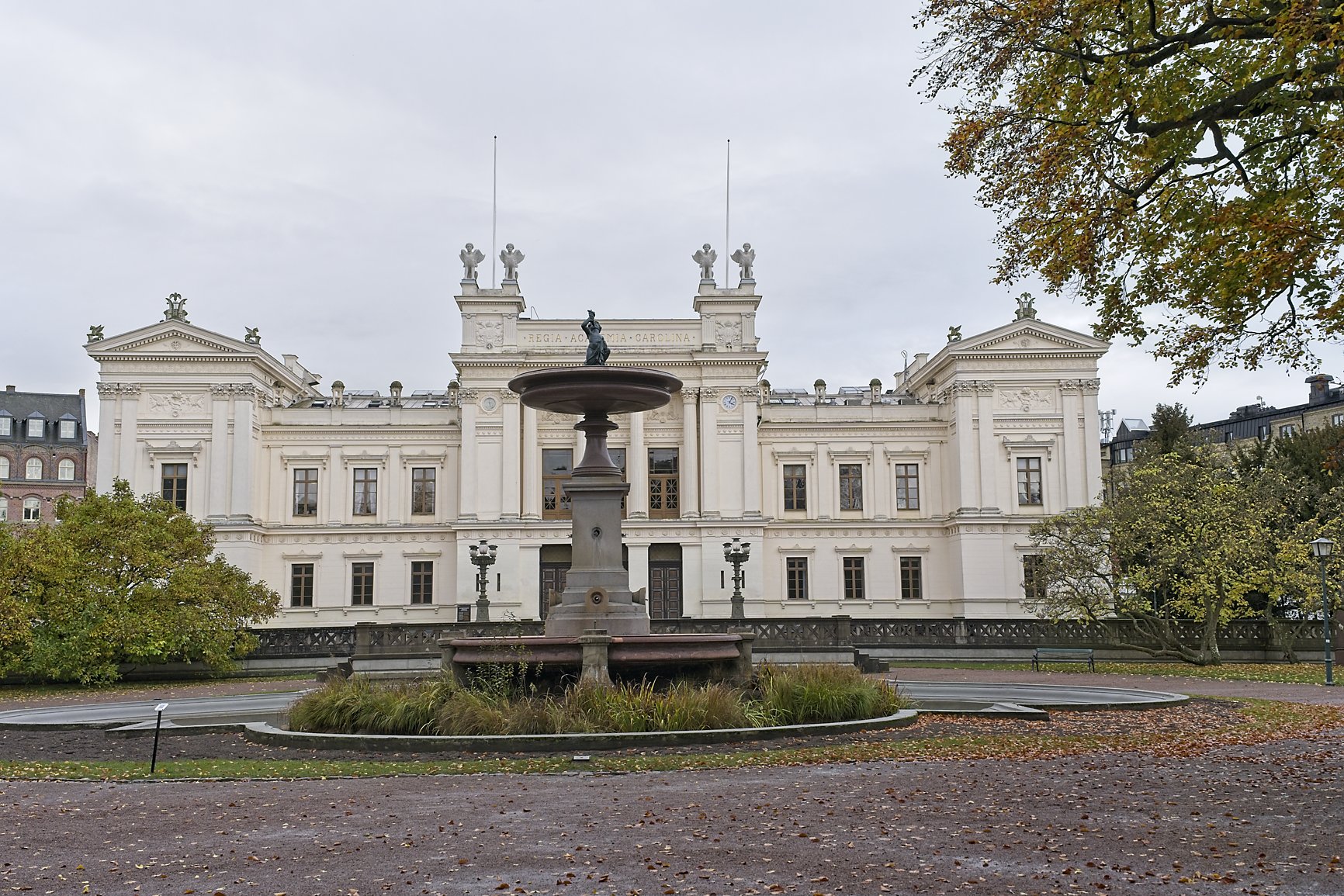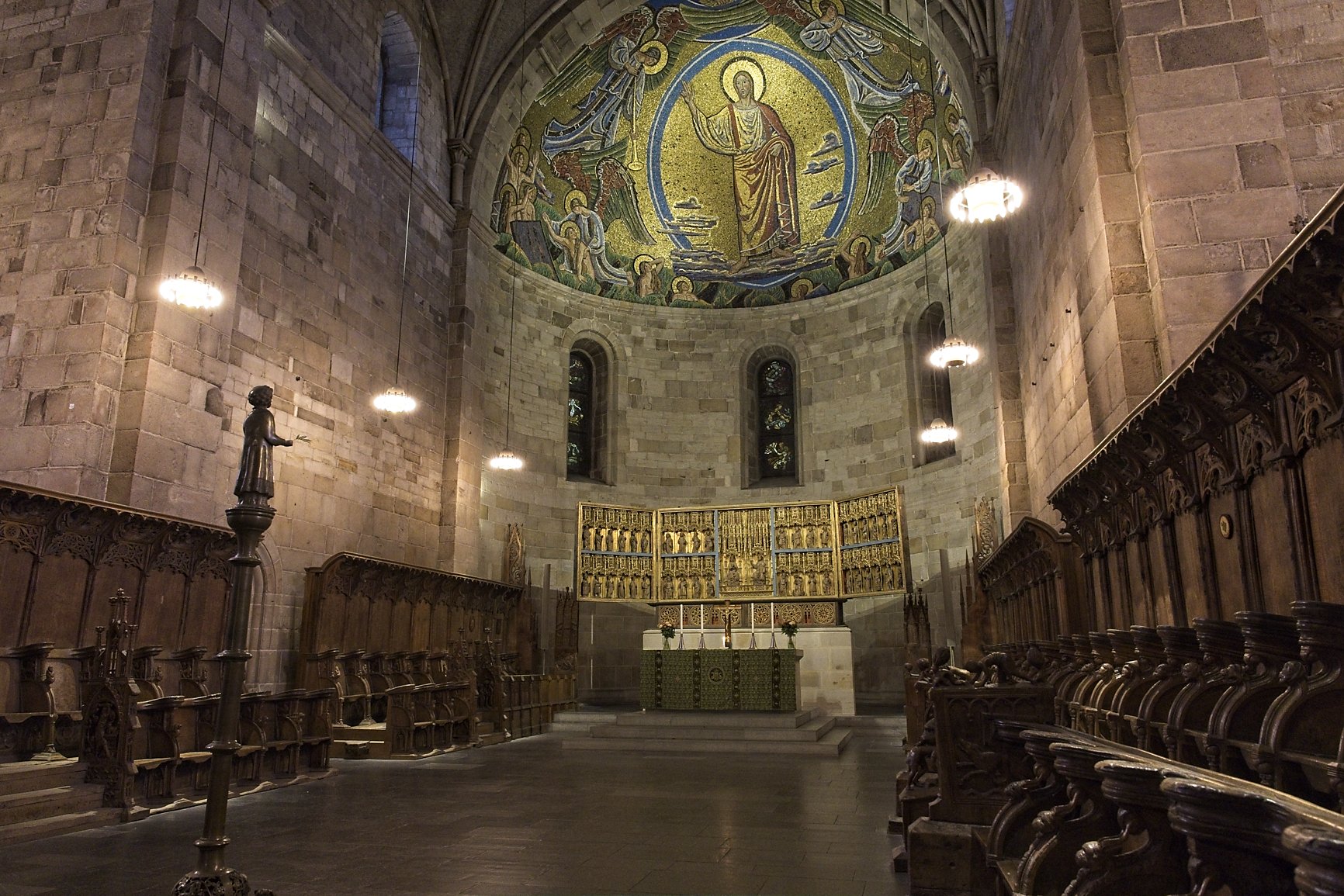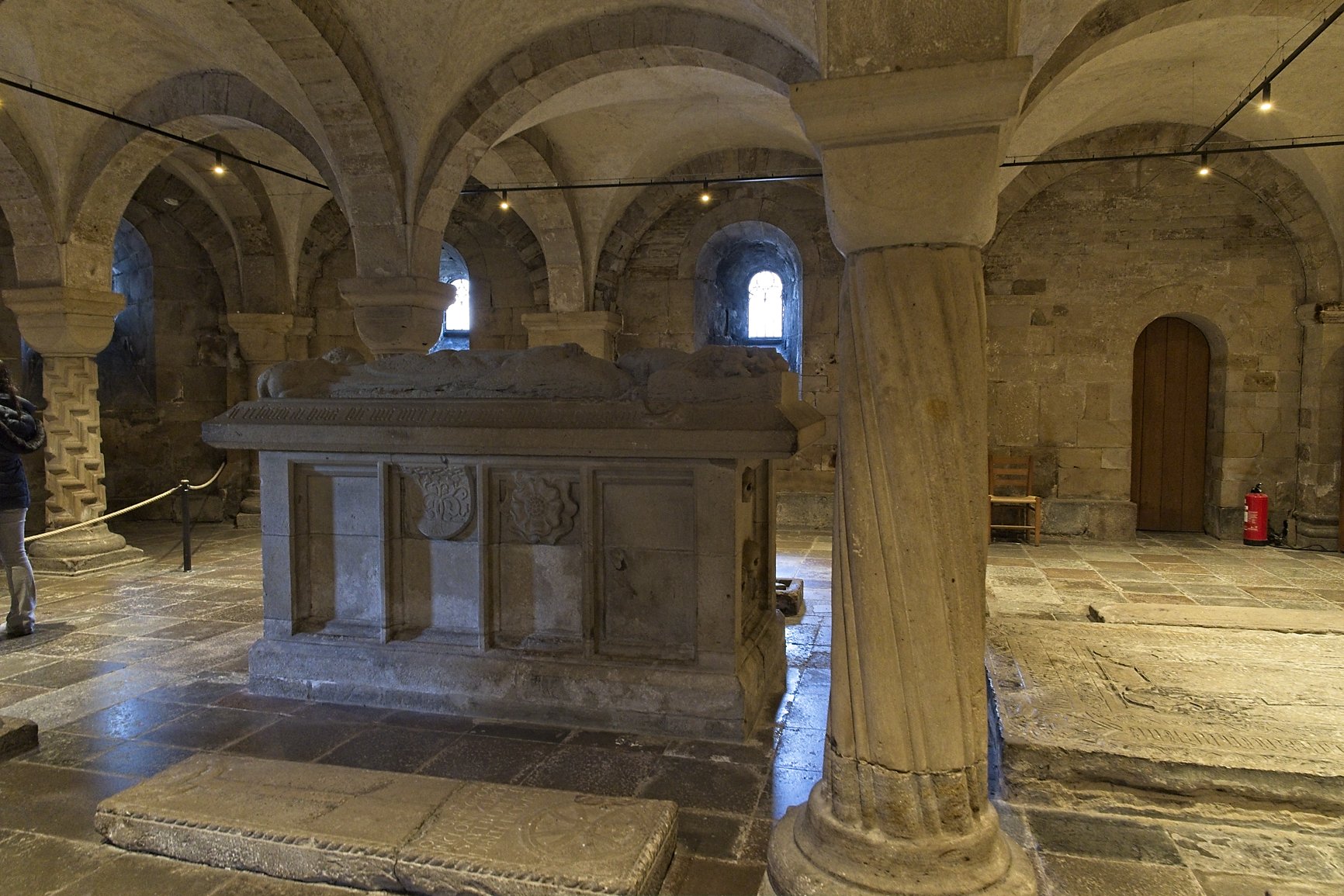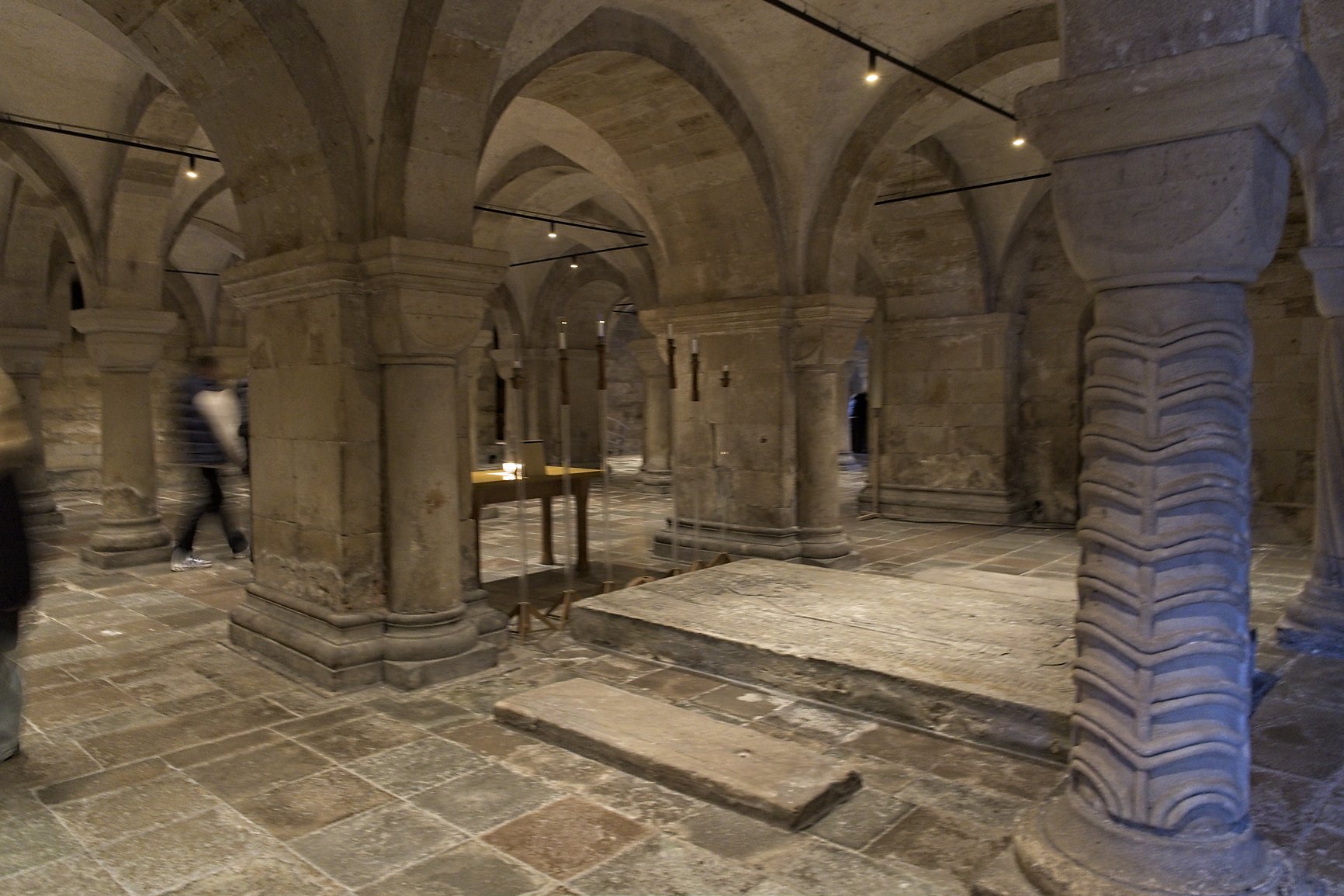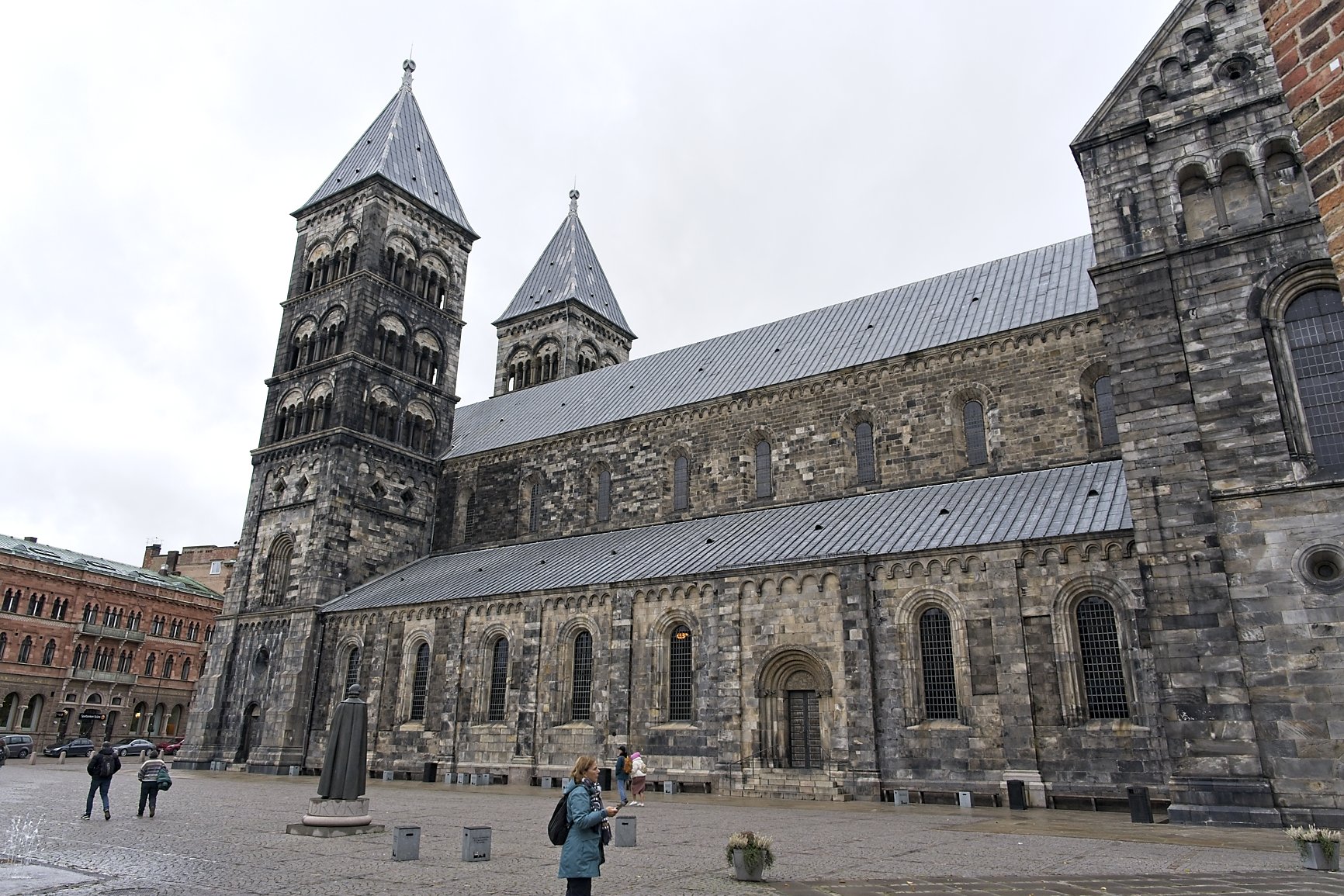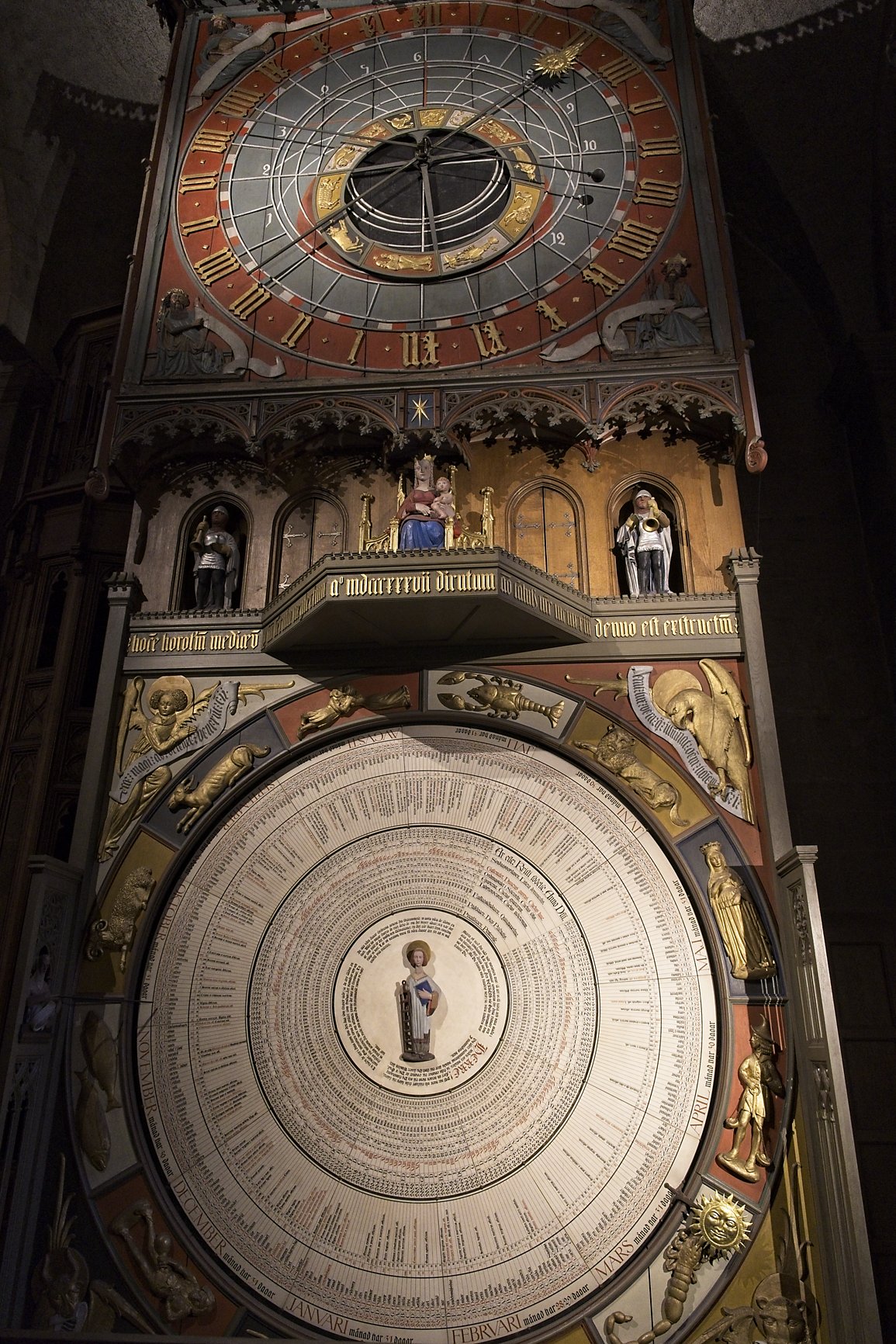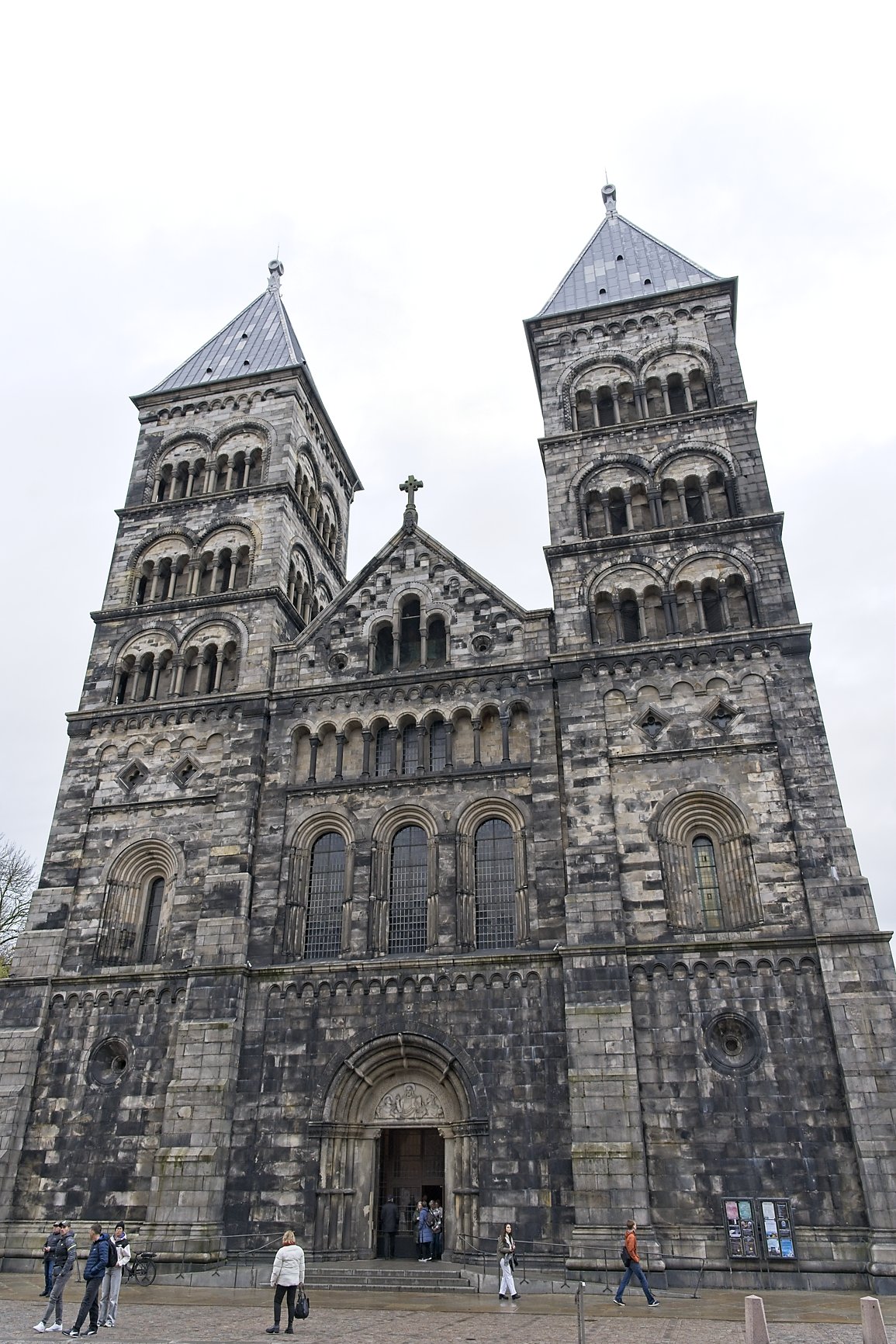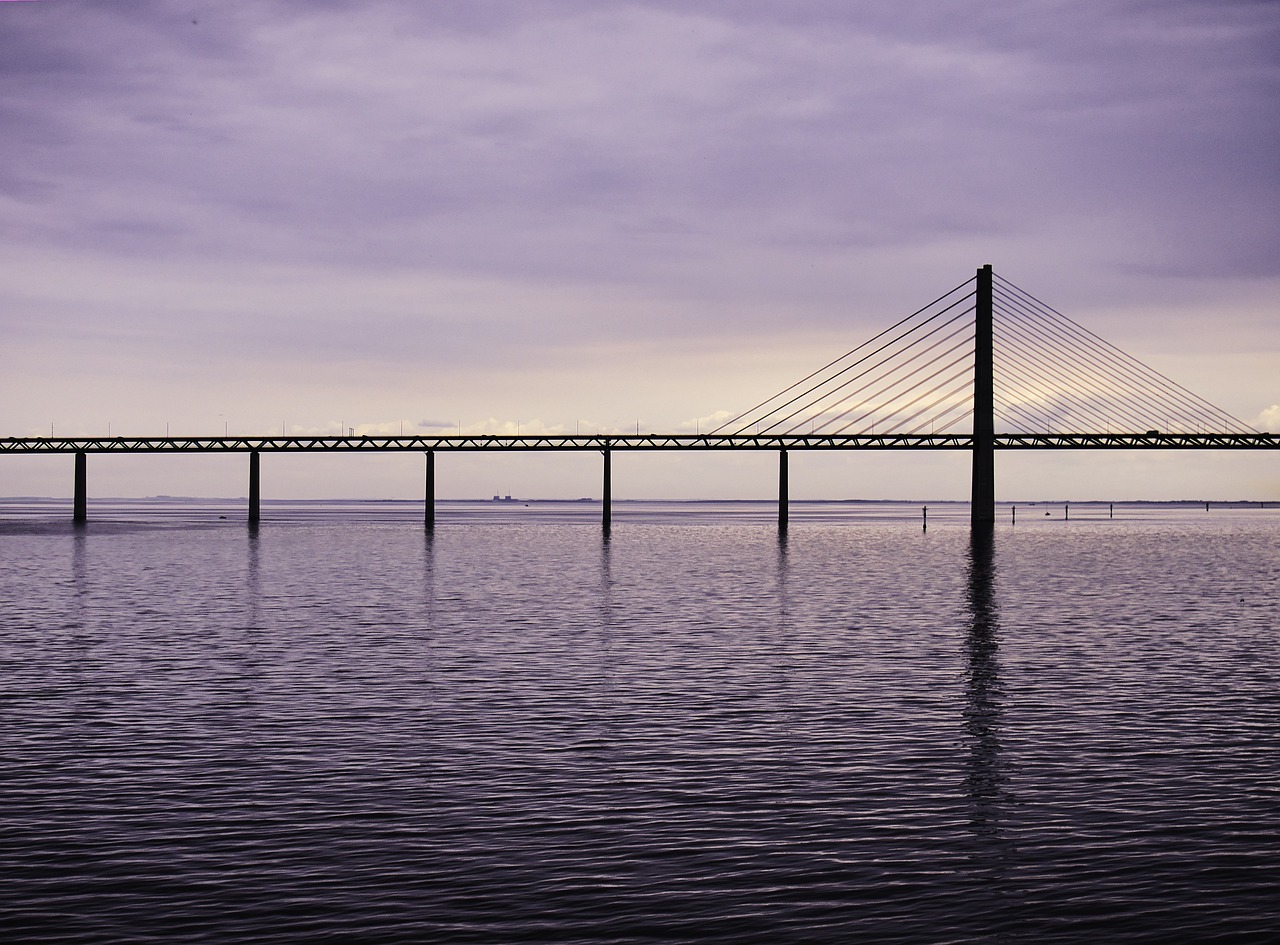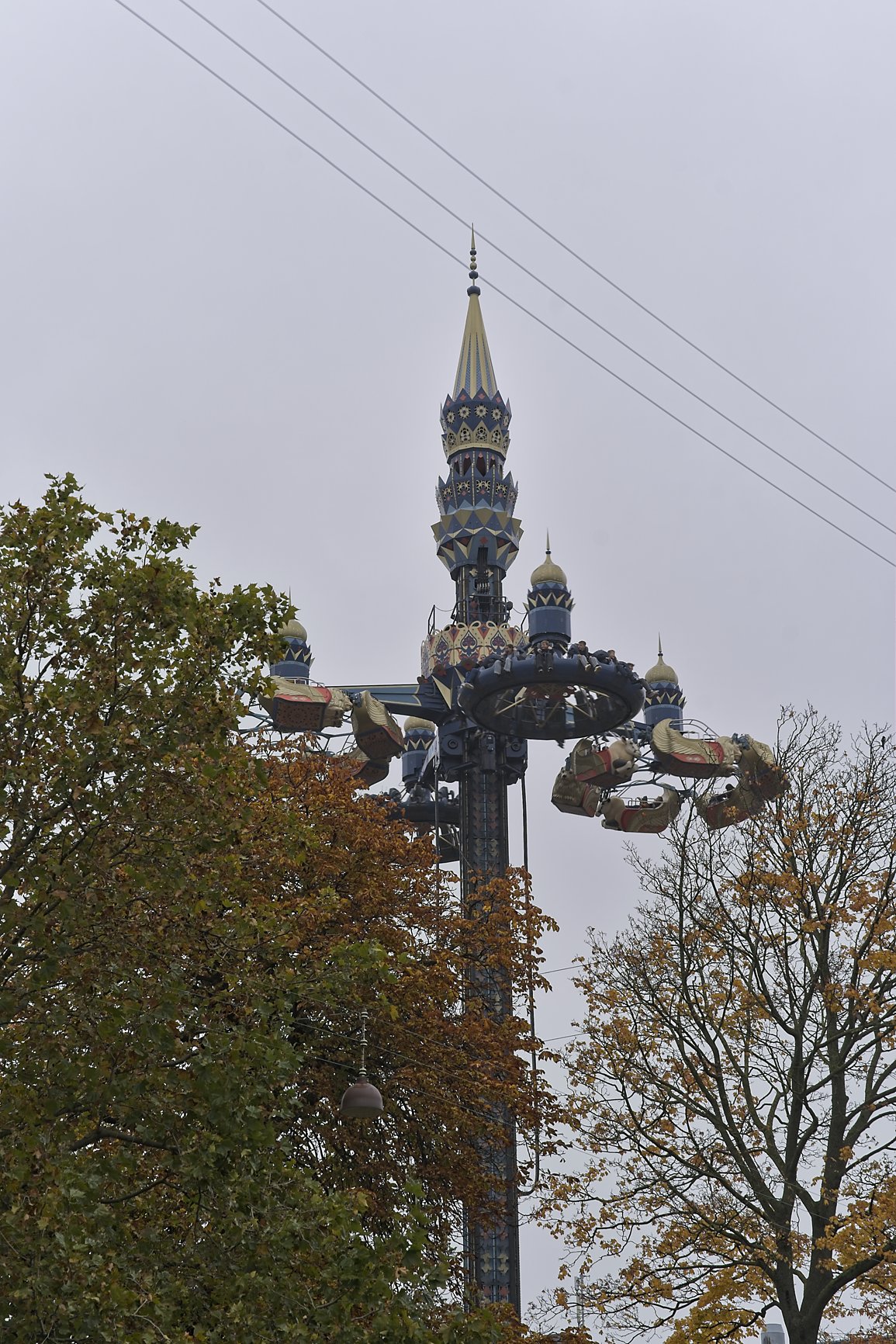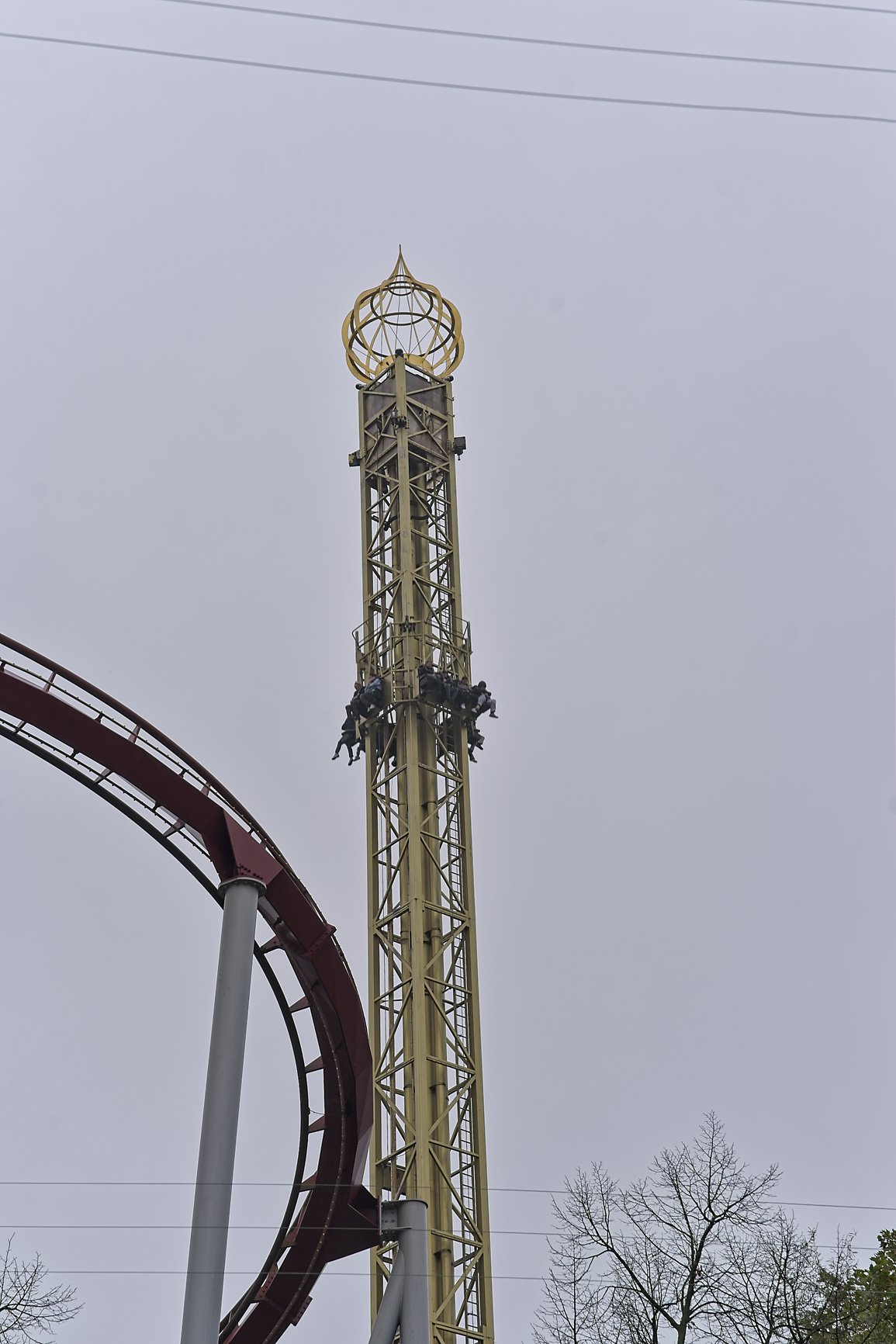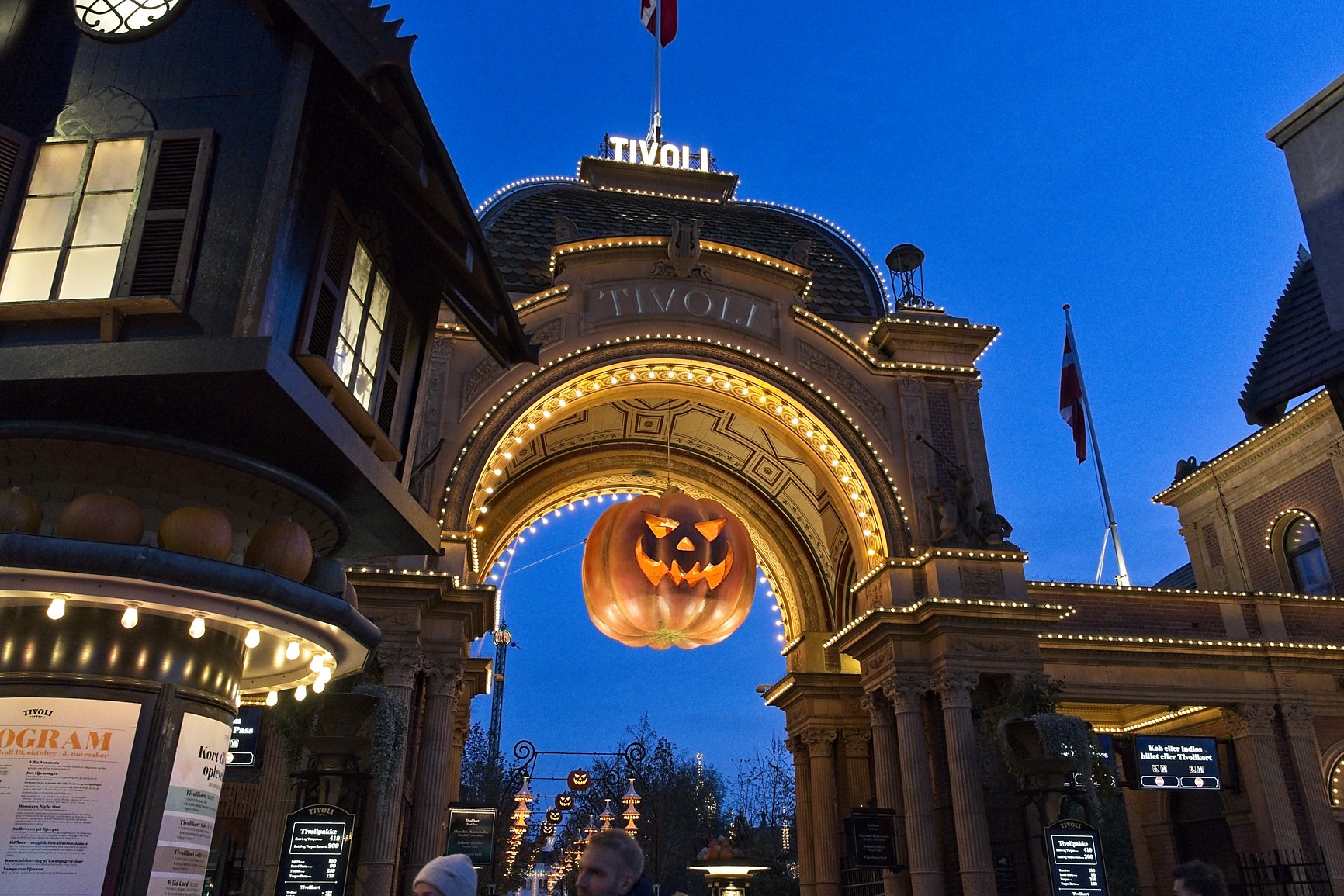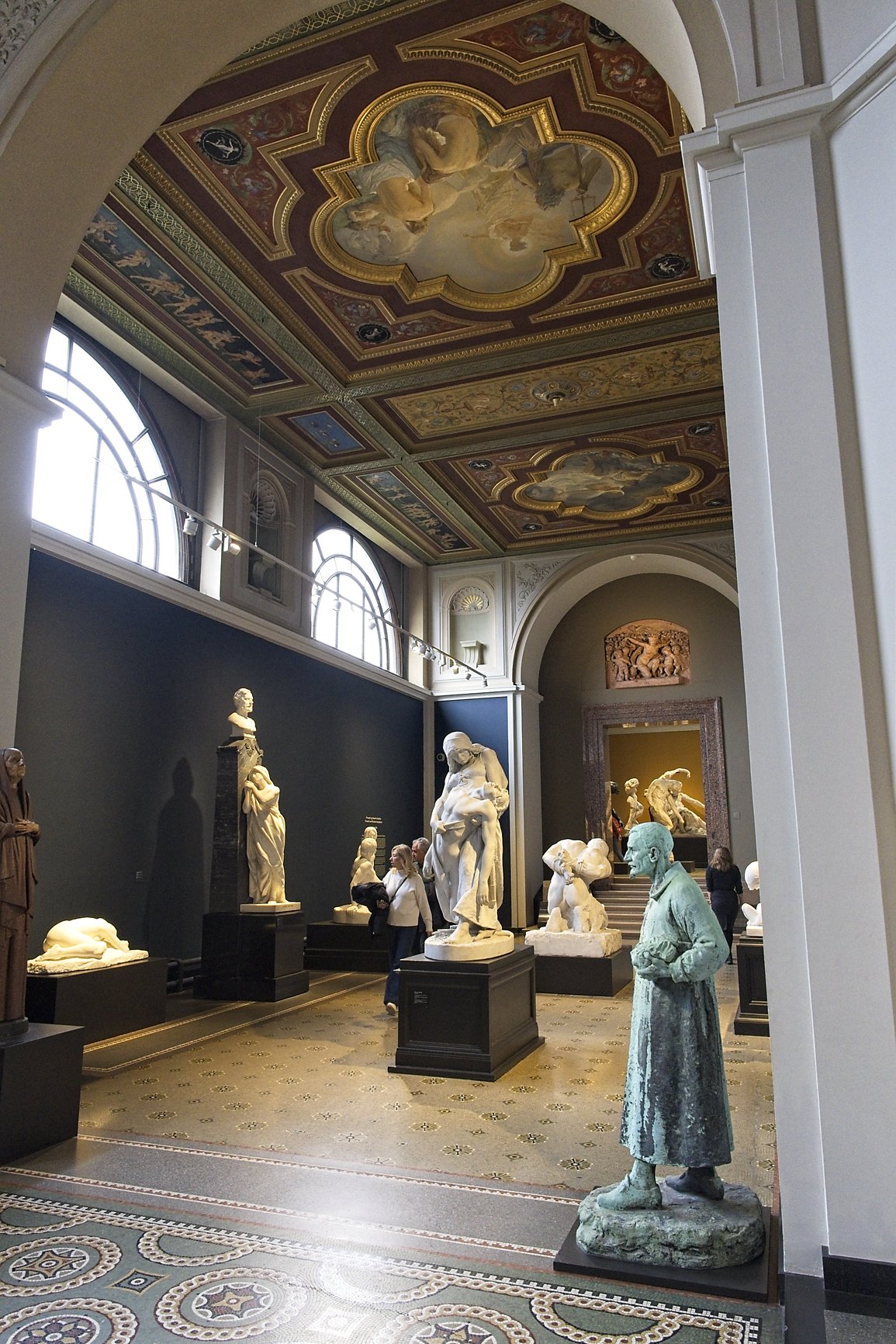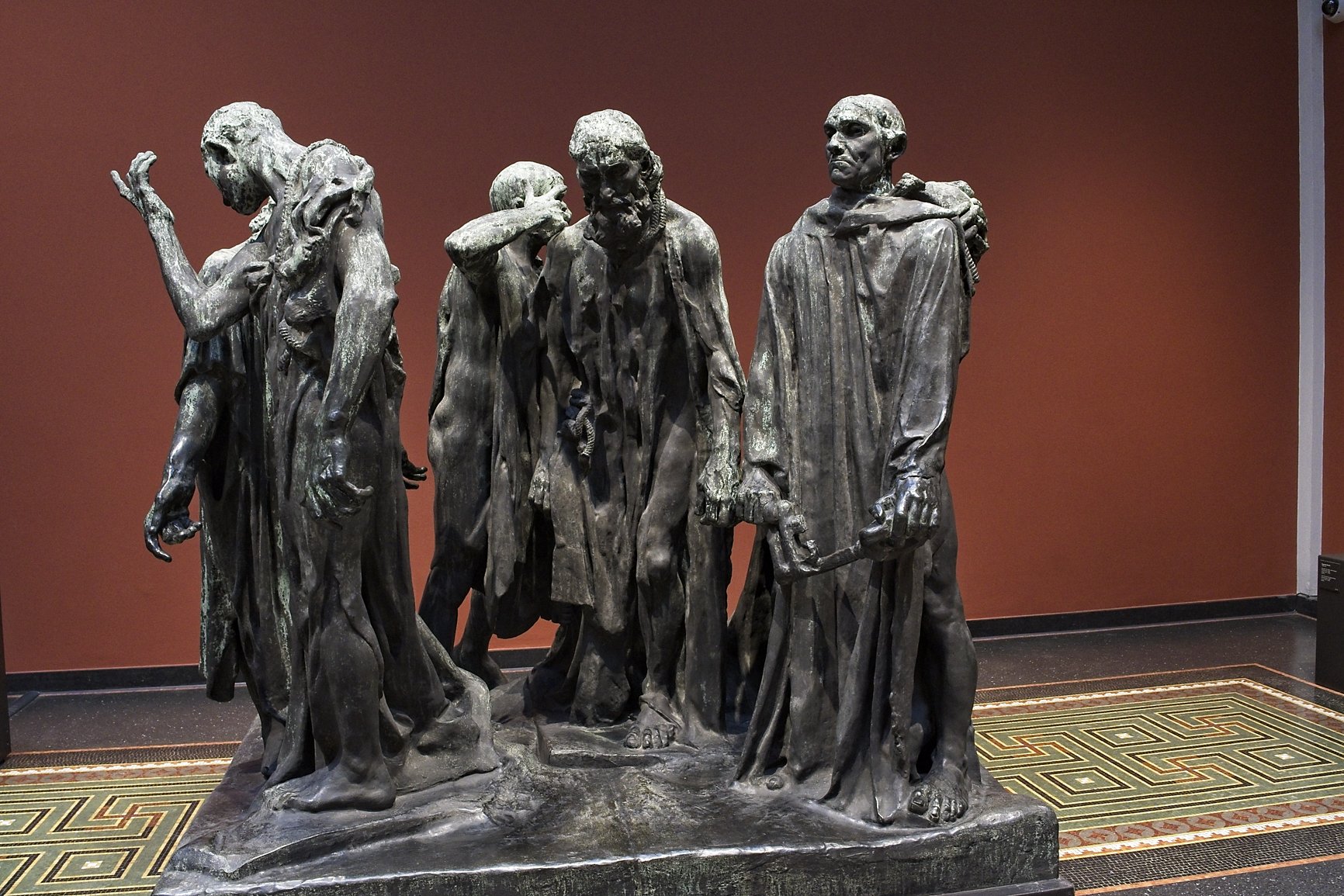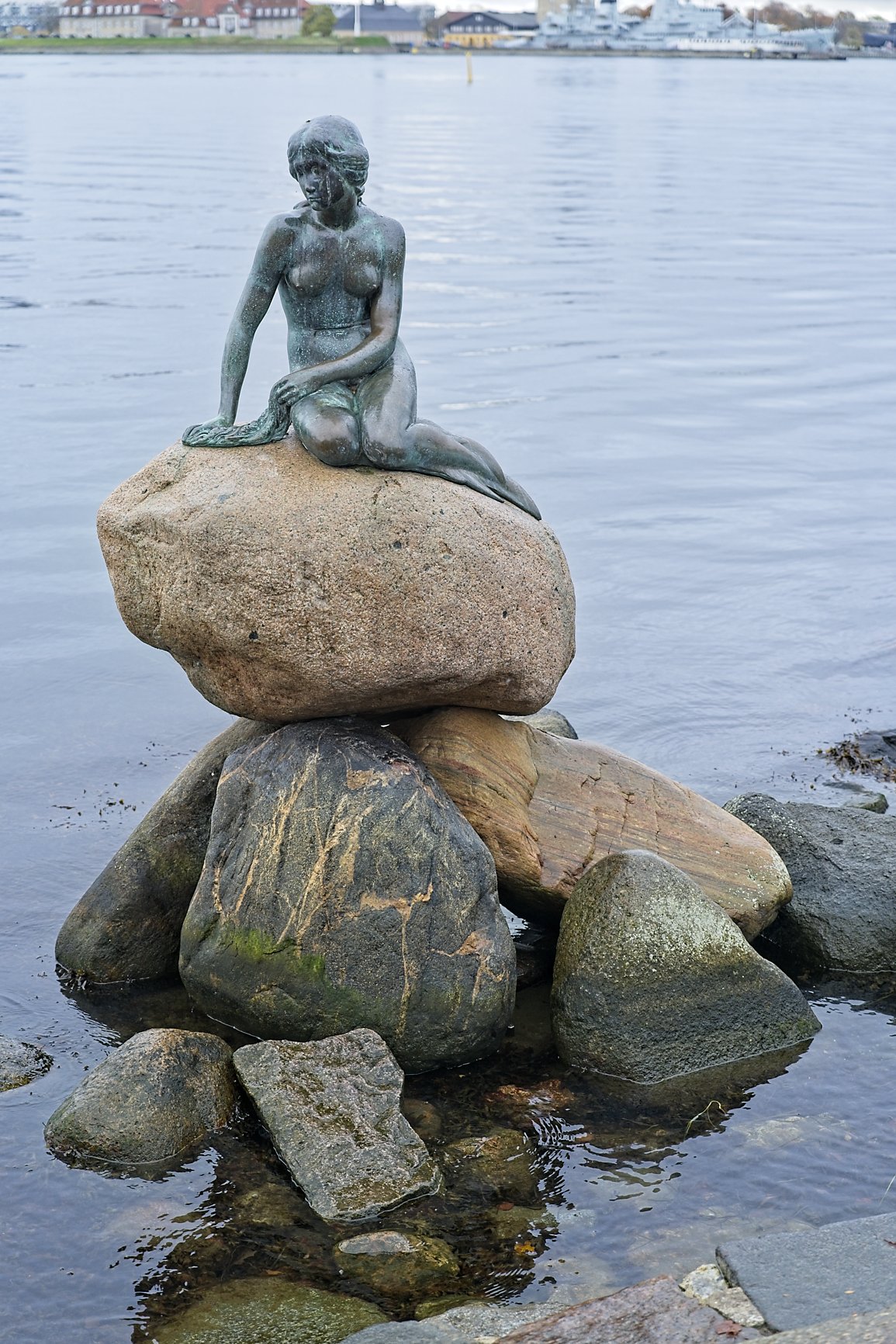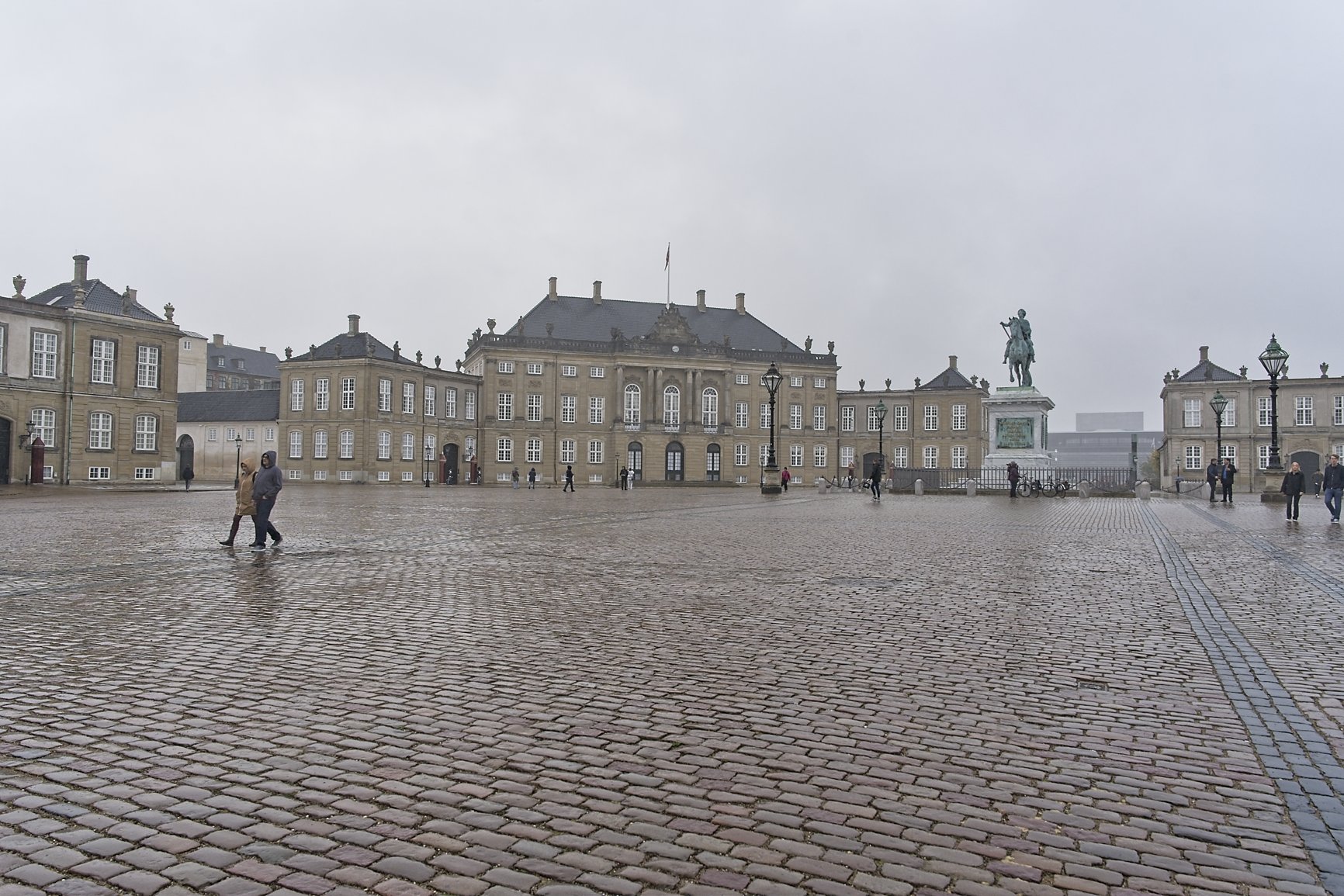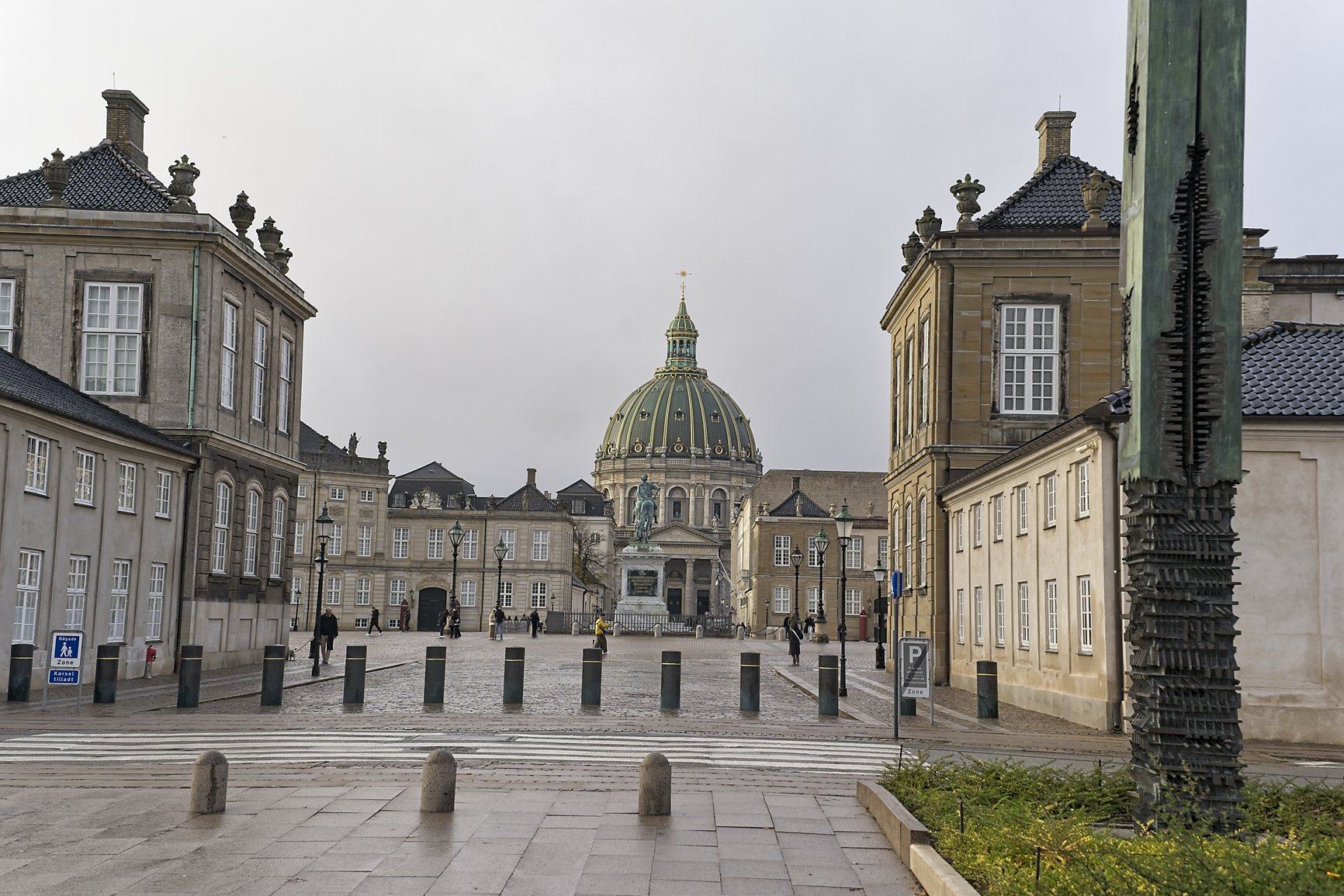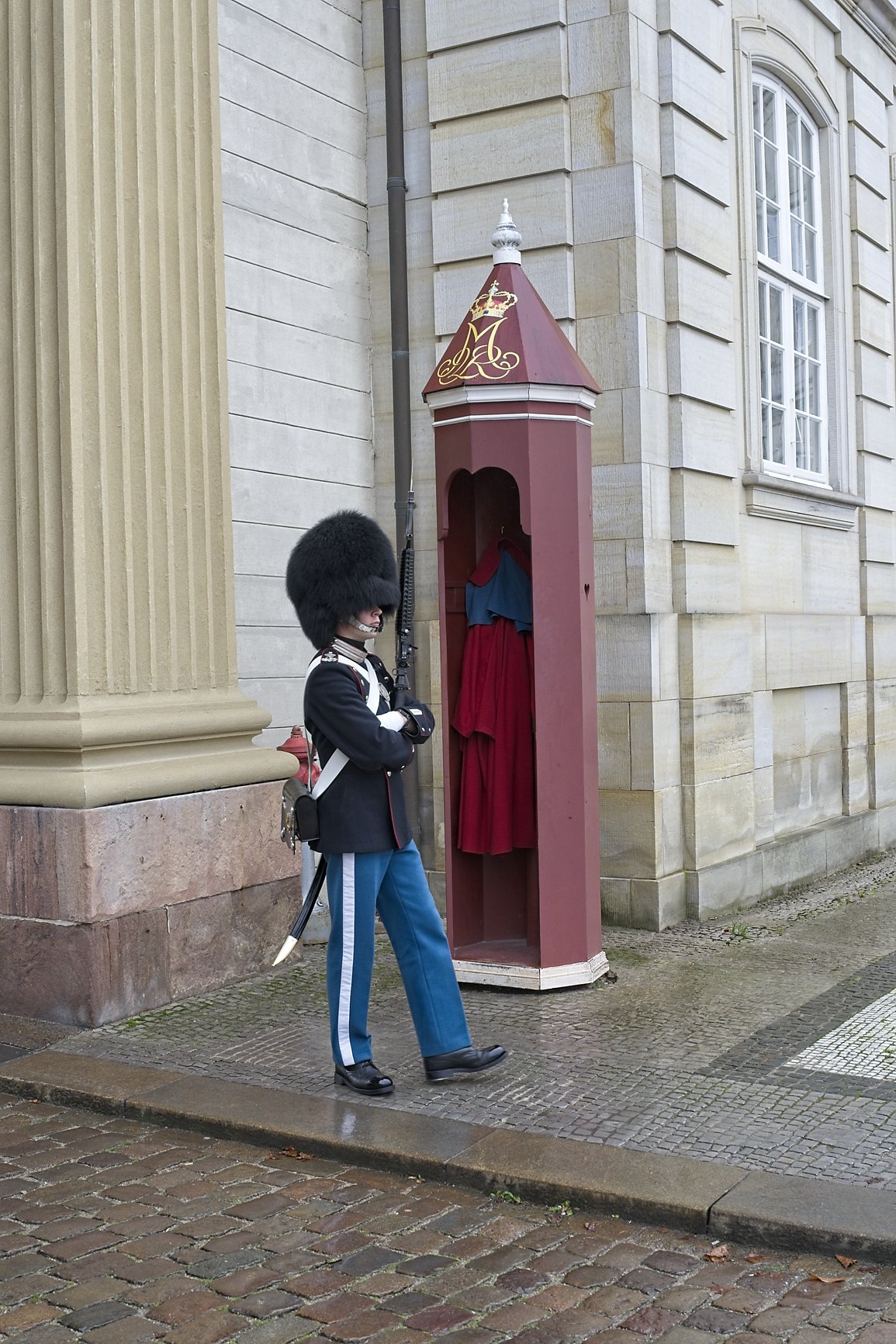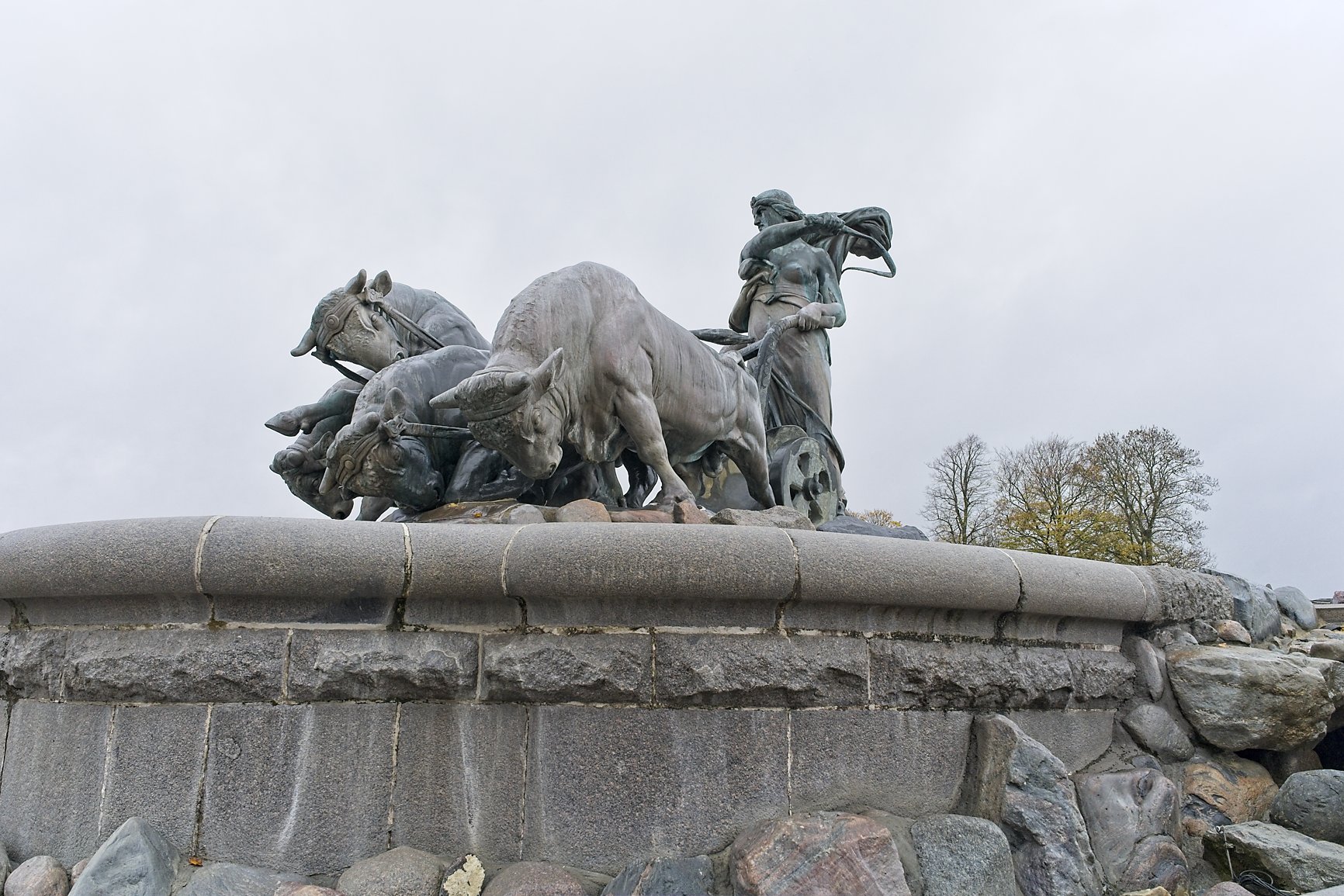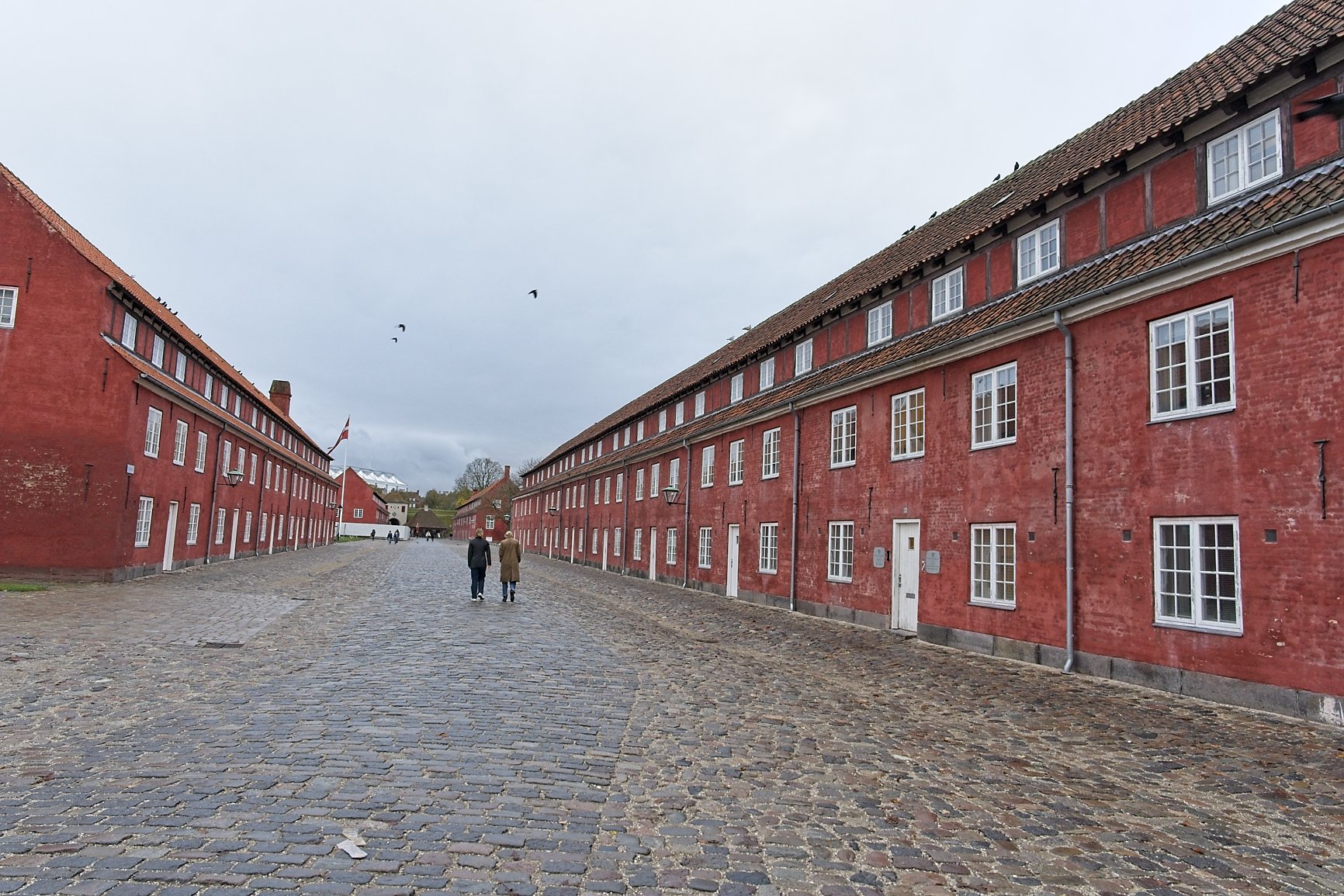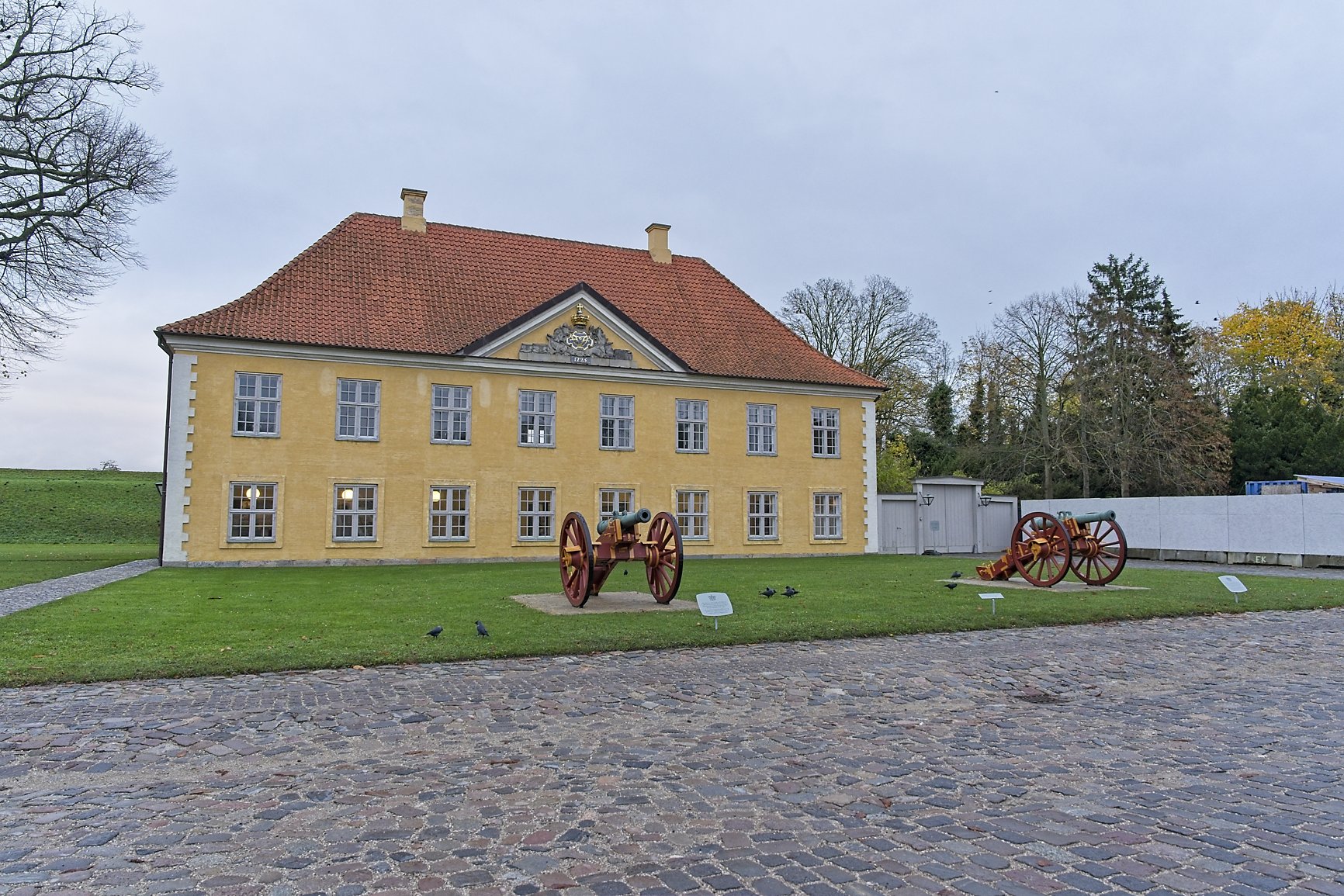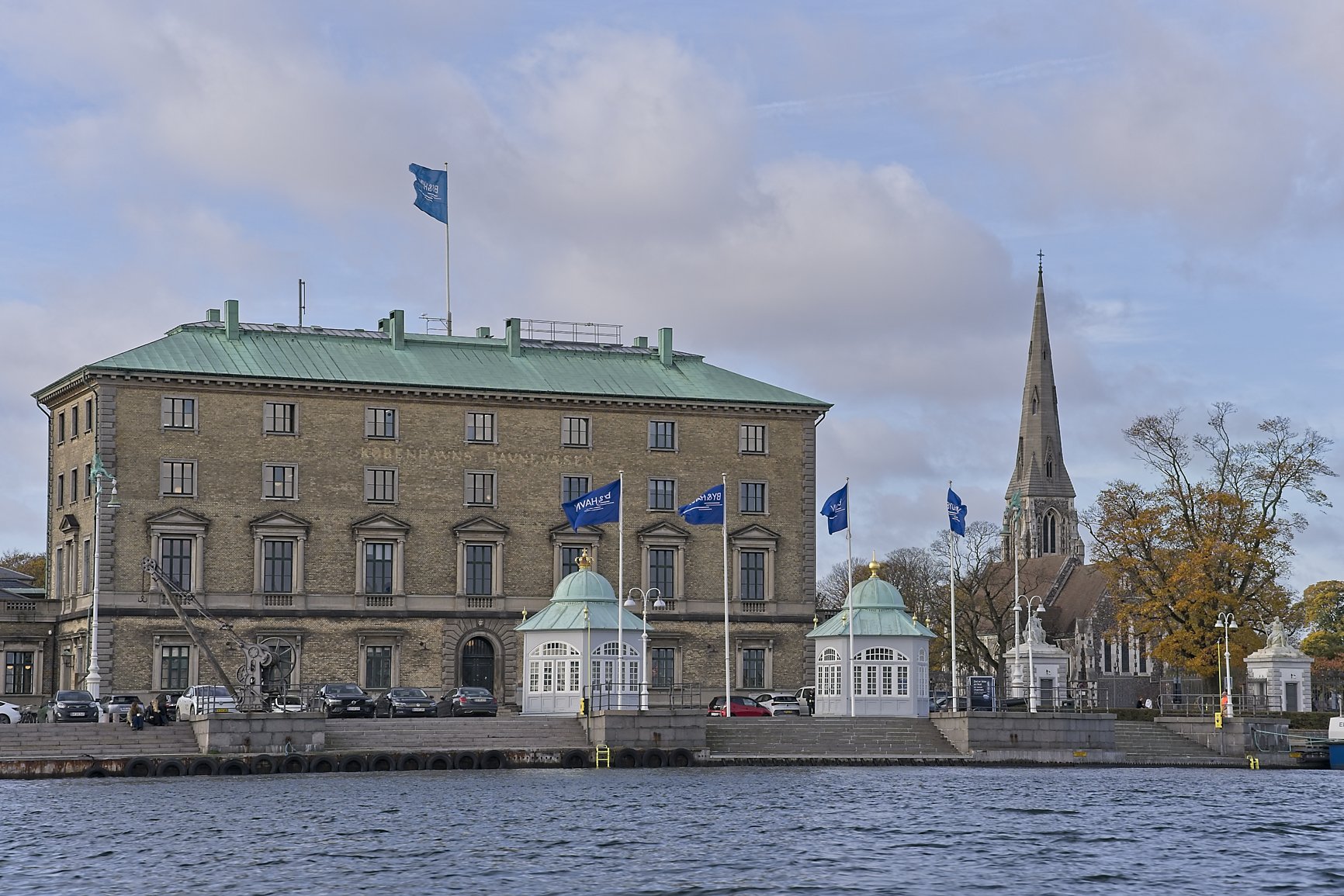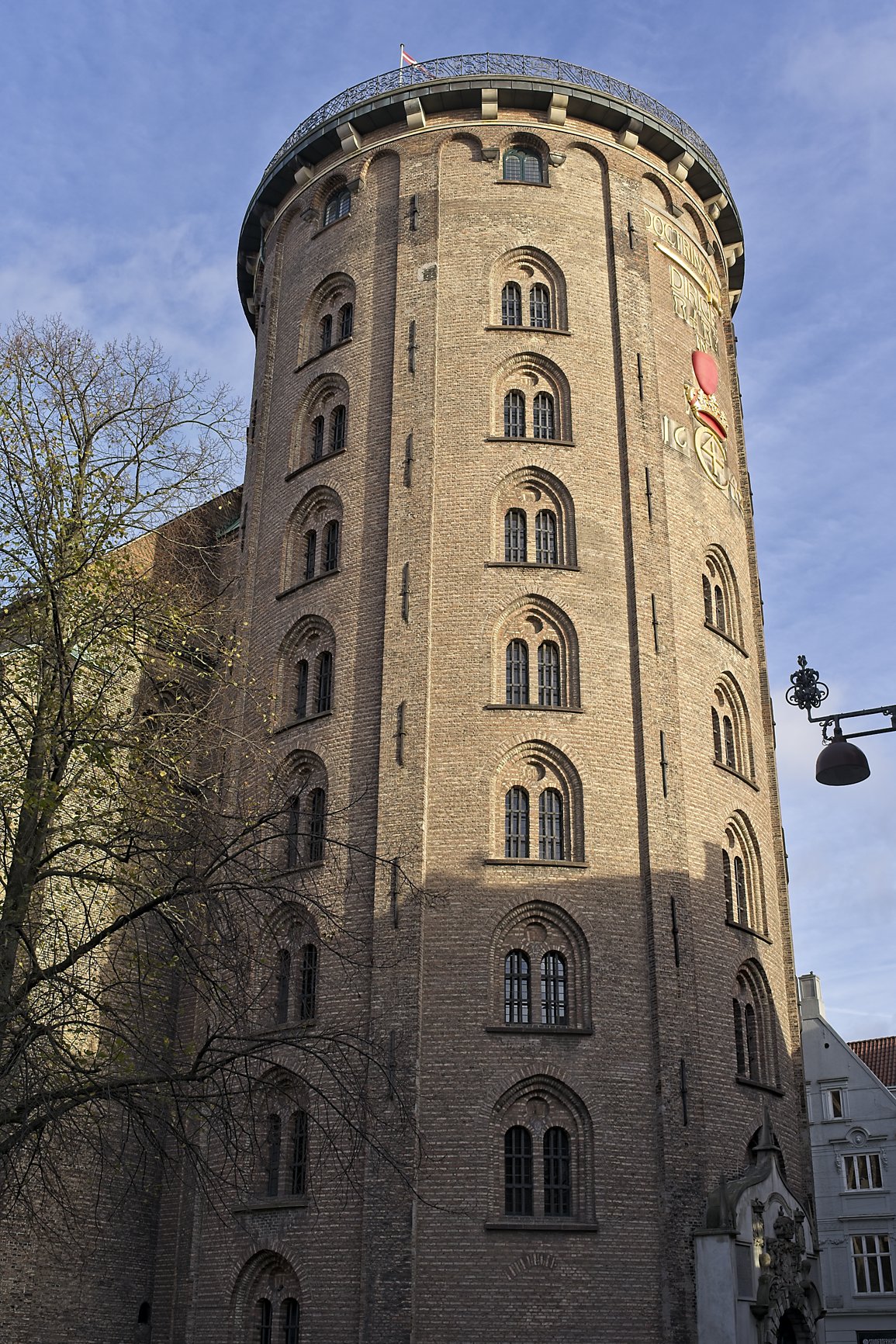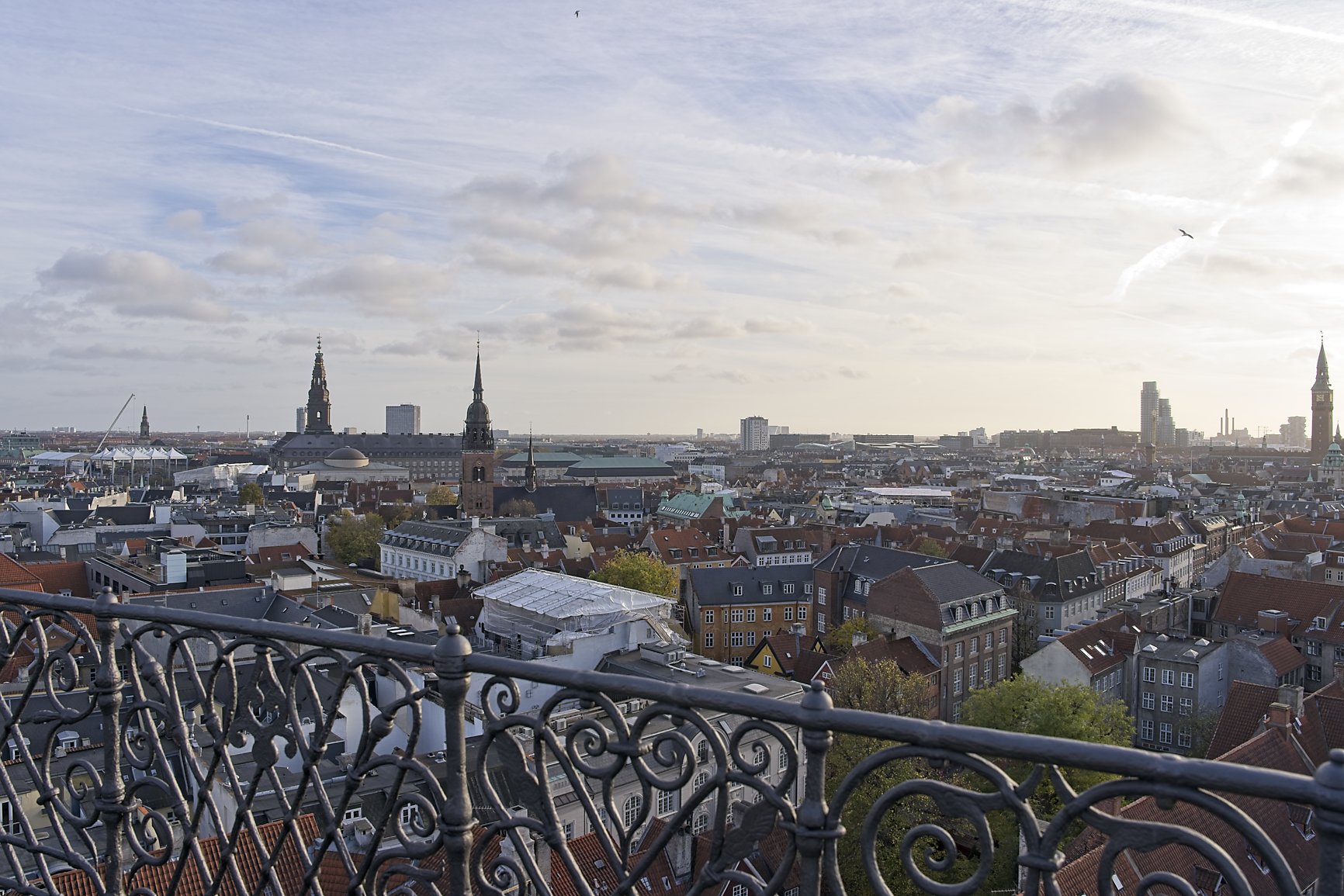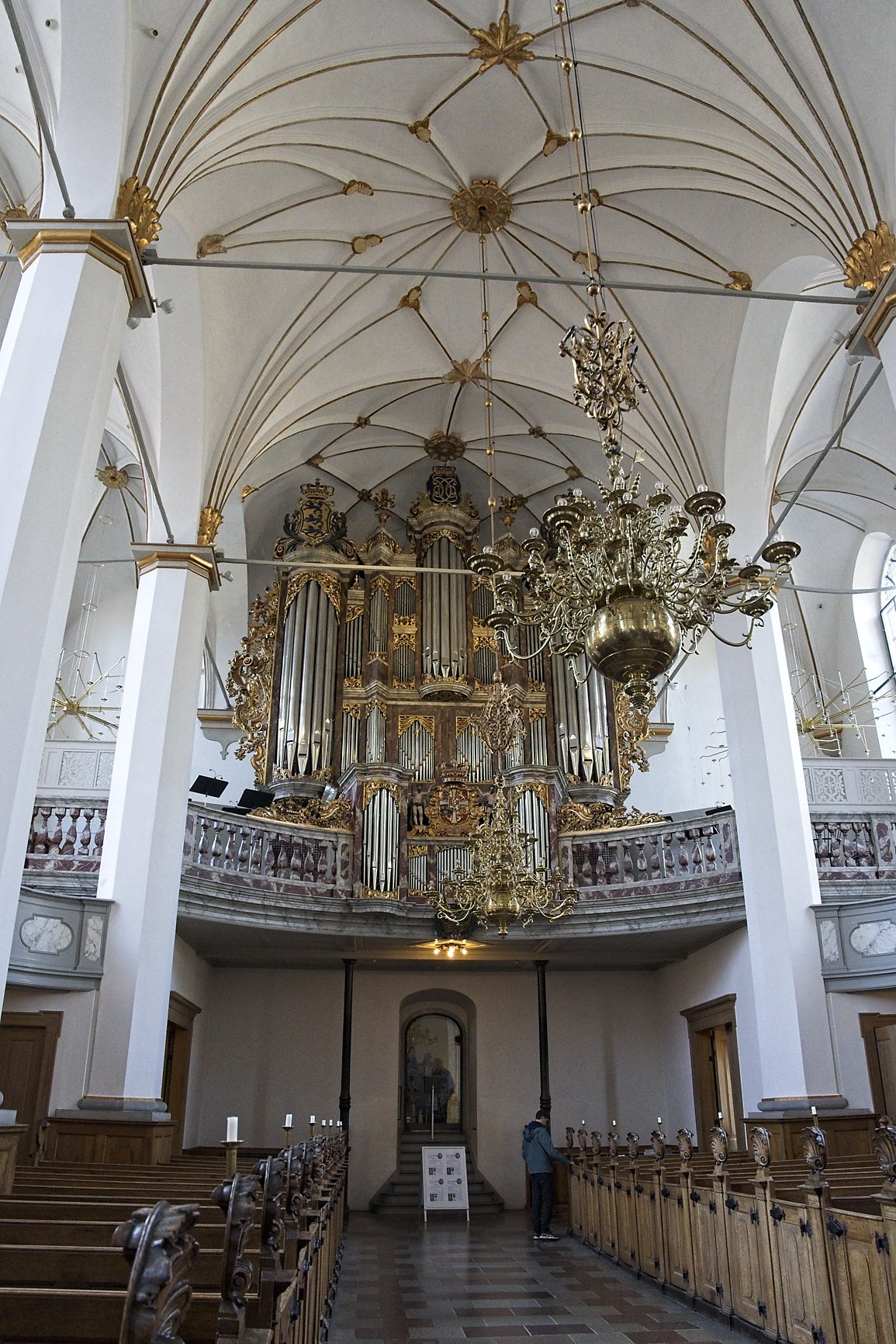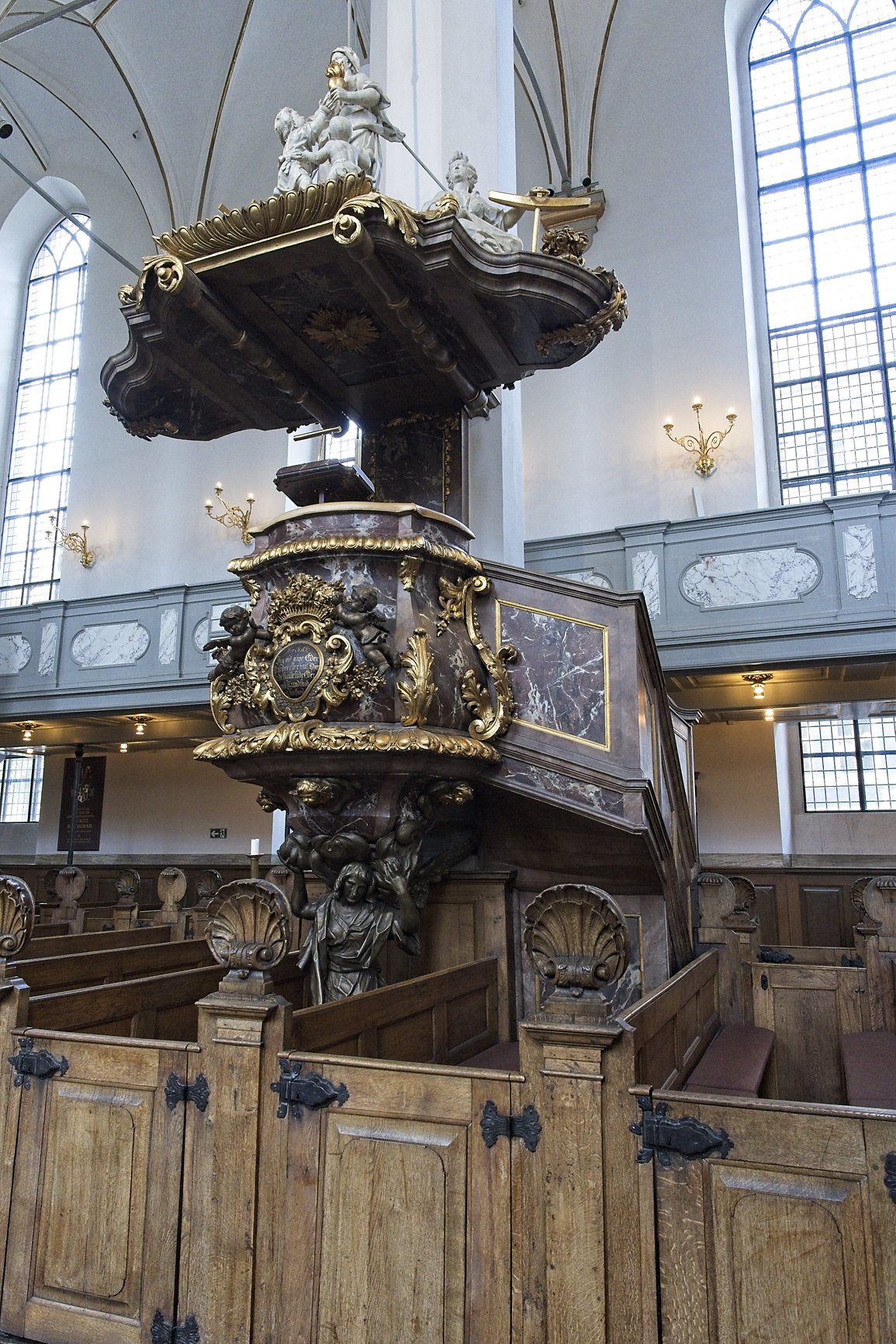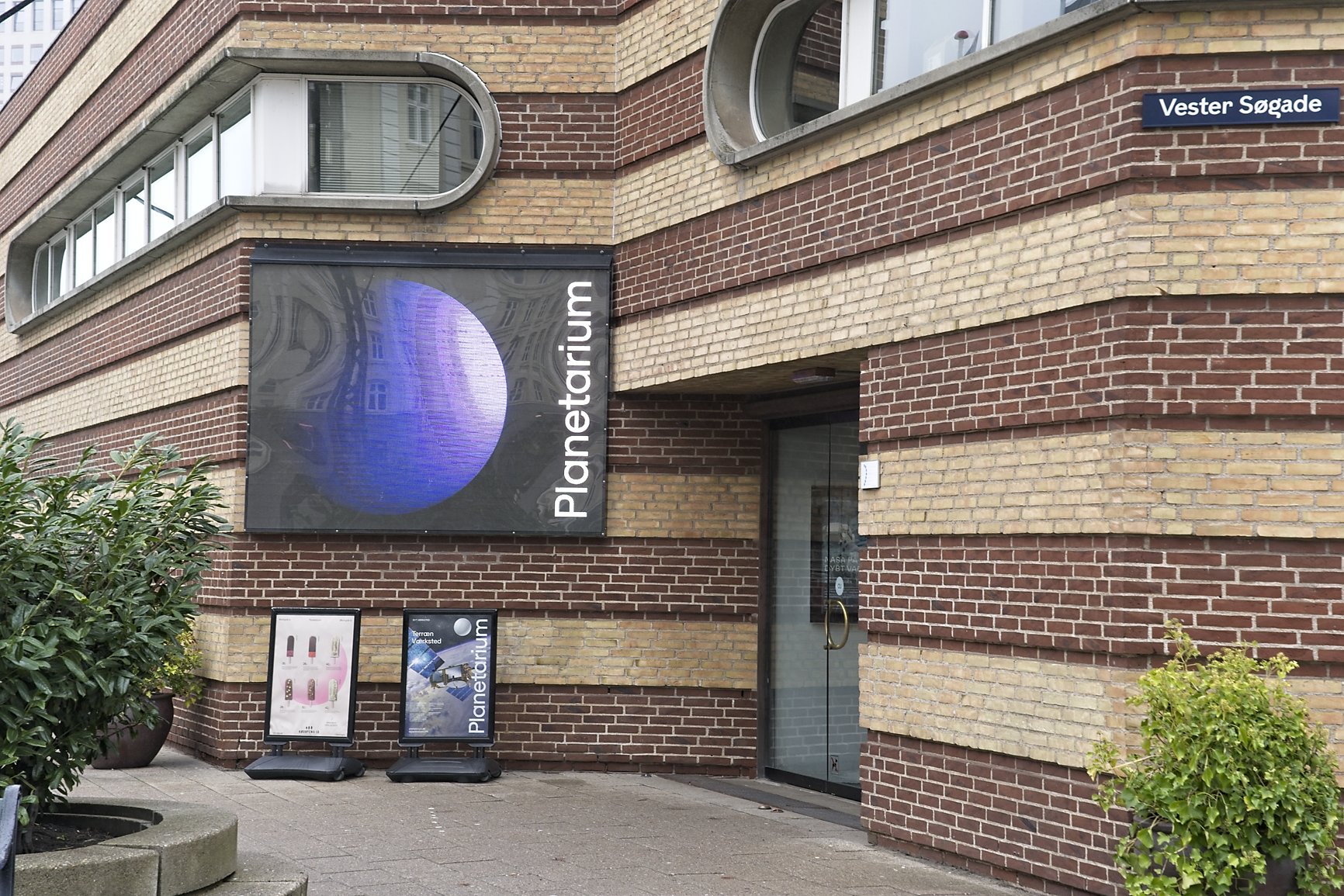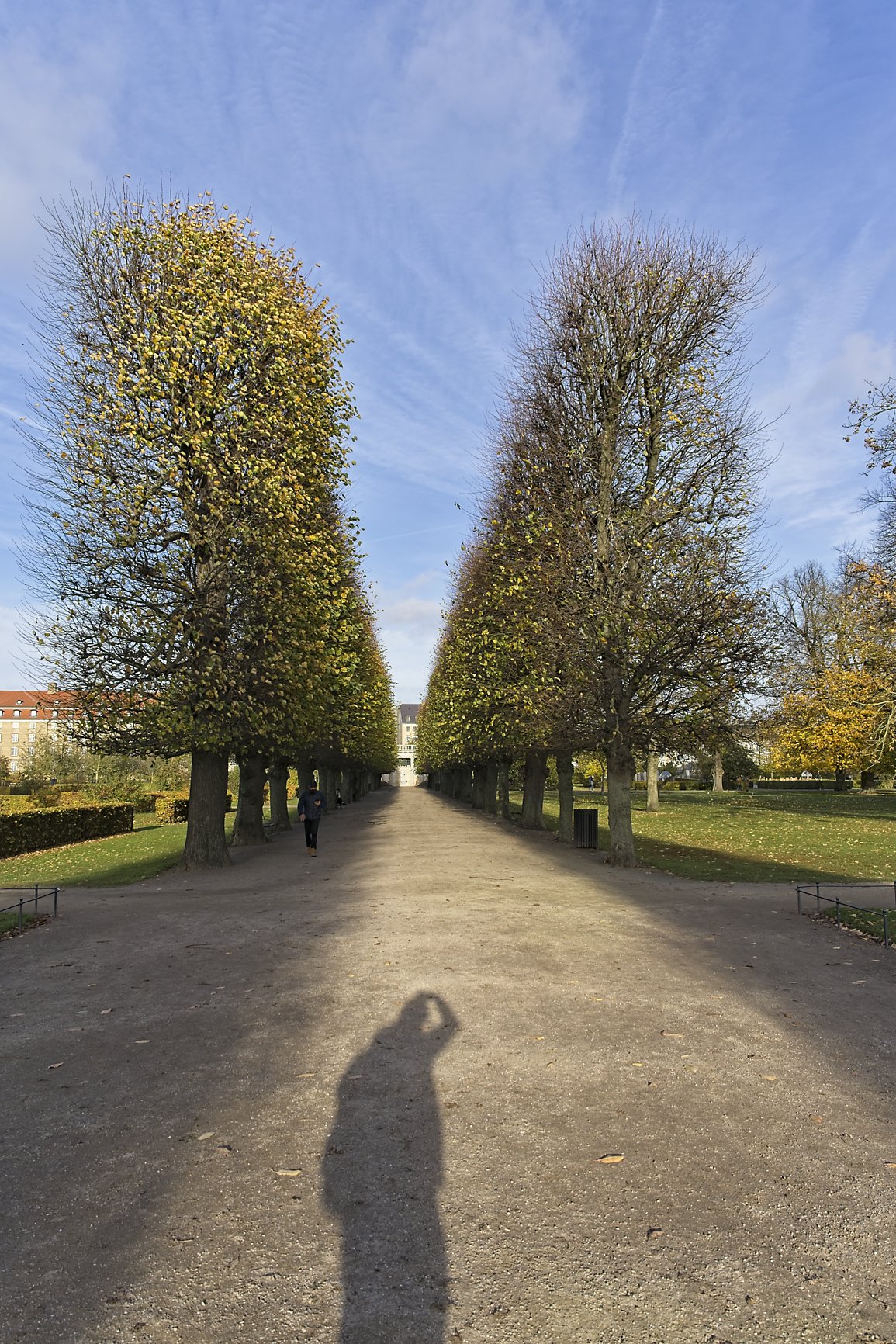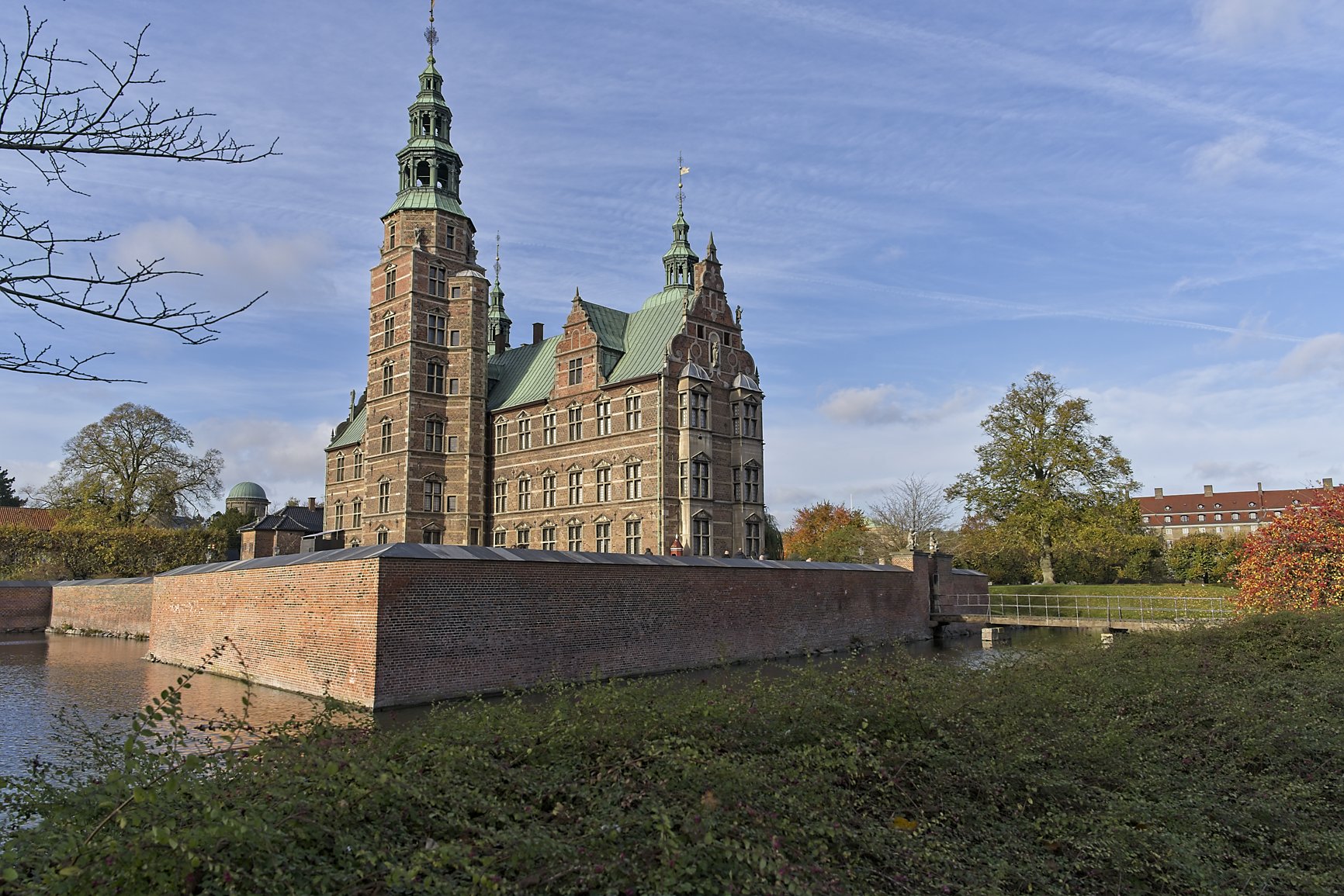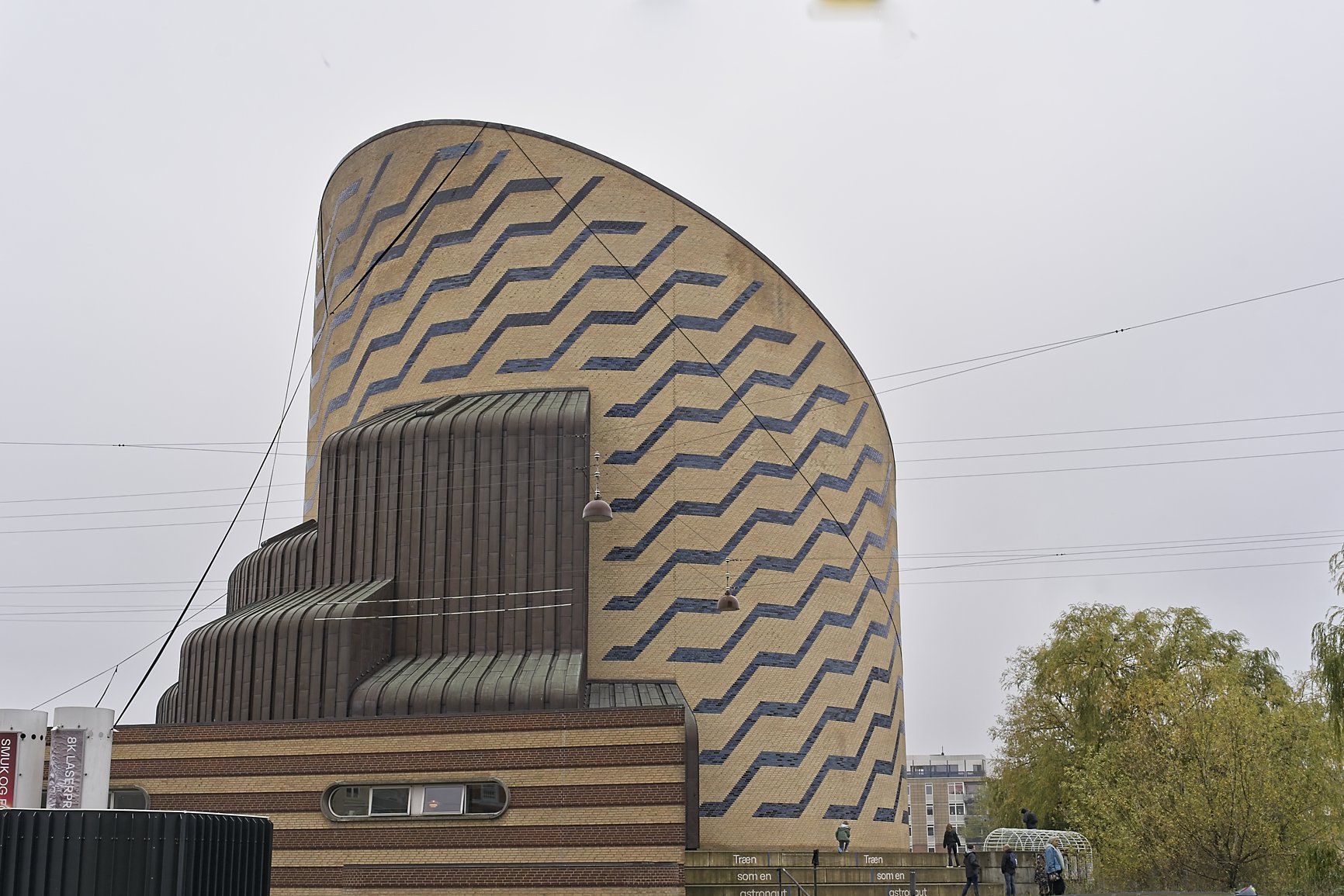Sunday 27 Oct
We spent the day exploring Malmo and Lund, both very important university cities in Sweden where both Peter and Suzanne did their studies. We first took the train from Lund to Malmo, via the Öresund Bridge, more about this bridge later. In the city centre, Lilla Torg is a cobblestone square with cafes, half-timbered houses and shops selling local handicrafts. Malmö Castle, a 16th-century fortress built by King Christian III of Denmark and the beautiful Saint Peter’s church.
Saint Peter’s Church is a Brick Gothic church in Malmö. Built in the 14th century as the main church of the city, it has been described as “the main Gothic monument within church architecture in Scania”. The church was a spiritual centre during the Reformation, and was one of only a few churches in what was at the time mediaeval Denmark that suffered damage due to iconoclasm as a consequence of the Reformation. St. Peter’s Church contains late mediaeval murals of recognised high quality, as well as a number of unusual furnishings. The altarpiece, made in 1611, is one of the largest in the Nordic countries. The church is built as a basilica with three naves and transepts. The church is actually dedicated to two saints, St. Peter and St. Paul, Ecclesia beatorum Petri et Pauli apostolorum.
We took the train back to Lund to explore this town as well, we did not expect to see so many beautiful buildings in a single day!
Lund has its own cathedral that has been called “the most powerful representative of Romanesque architecture in the Nordic countries”. At the time of its construction, Lund and the cathedral belonged to Denmark. The main altar was consecrated in 1145 and the cathedral was by that time largely finished; the western towers were built somewhat later. There is also a huge crypt under the church. Large sections of the crypt date back to 1123 AD. There is also an astronomical clock, that according papers found was mentioned for the first time in 1442, it was probably made and installed sometime around 1423–1425.
After this very nice day out in Lund and Malmö we returned to our friends apartment. We were invited for dinner together with 4 very good friends of Peter and Suzanne. Our host is a great cook but this evening was even more special. We all had a paper with some lyrics on them (Suzanne translated this for us in English) and we were introduced to a typical Swedish custom. Sing and drink before dinner. We had a great time and the schnapps that Peter served was delicious. We had a excelent evening where we learned a few new things about Sweden and its customs 😊
Monday 28 Oct
Today we all travel to Denmark where our friends will show us Copenhagen. They booked us a very trendy hotel conveniently located in town. We again took the train which is only a 37 minute ride.
We passed the The Øresund or Öresund Bridge which is a combined railway and motorway cable-stayed bridge across the Øresund strait between Denmark and Sweden. It is the second longest bridge in Europe with both roadway and railway combined in a single structure, running nearly 8 kilometres from the Swedish coast to the artificial island Peberholm in the middle of the strait. The crossing is completed by the 4-kilometre Drogden Tunnel from Peberholm to the Danish island of Amager.
The bridge connects the road and rail networks of the Scandinavian Peninsula with those of Central and Western Europe. A data cable also makes the bridge the backbone of Internet data transmission between central Europe and Sweden.
The justification for the additional expenditure and complexity related to digging a tunnel for part of the way, rather than raising that section of the bridge, was to avoid interfering with air traffic from the nearby Copenhagen Airport, to provide a clear channel for ships in good weather or bad, and to prevent ice floes from blocking the strait. Construction began in 1995, with the bridge opening to traffic on 1 July 2000.
Visiting Copenhagen
Copenhagen is the capital and most populous city of Denmark, with a population of 1.4 million in the urban area. The city is situated on the islands of Zealand and Amager. Originally a Viking fishing village established in the 10th century in the vicinity of what is now Gammel Strand, Copenhagen became the capital of Denmark in the early 15th century. During the 16th century, the city served as the de facto capital of the Kalmar Union and the seat of the Union’s monarchy, which governed most of the modern-day Nordic region as part of a Danish confederation with Sweden and Norway.
We walked through the Kings Gardens and had a lovey lunch in a sort of converted greenhouse. Afterwards we had a short strol through town. We saw all the activity at Tivol Gardens, which is a 19th-century amusement park with antique roller coaster & live entertainment program that opened its doors in 1843! It also has the oldest wooden roller coaster in the world.
Tuesday 30 Oct
Today we visited the Ny Carlsberg Glyptotek which is an enormous art museum. The collection represents the private art collection of Carl Jacobsen (1842–1914), the son of the founder of the Carlsberg Breweries.
Primarily a sculpture museum, as indicated by the name, the focal point of the museum is antique sculpture from the ancient cultures around the Mediterranean, including Egypt, Rome and Greece, as well as more modern sculptures such as a collection of Auguste Rodin’s works, considered to be the most important outside France. However, the museum is equally noted for its collection of paintings that includes an extensive collection of French impressionists and Post-impressionists as well as Danish Golden Age paintings. We spent over 3 hours here and we haven’t seen the whole museum.
Wednesday 30 Oct
Today we say goodbye to our Swedish friends, we had a great time together and got to know each other a lot better and agreed to see each other again somewhere on this globe.
We decided to follow a town walk for as long as Jen would last. Her foot is healing but the boot is higher then her left shoe and that causes troubles with her hip.
We had to see the Little Mermaid, a bronze statue by Edvard Eriksen, depicting a mermaid becoming human. The sculpture is displayed on a rock by the waterside at the Langelinie promenade. It is 1.25 metres tall and weighs 175 kilograms. She has been the target of vandals and protesters but she still sits there for all to see.
We also visisted the Amalienborg, this is the official residence for the Danish royal family, well know to Australians! Frederick VIII’s palace complex has four identical Classical façades, effectively four palaces, with Rococo interiors, laid around an octagonal courtyard. At the centre is a large equestrian statue of Frederick V. Amalienborg was originally built for four noble families, but after Christiansborg Palace burned in 1794 the royal family bought the palaces and moved in. Over the years various monarchs and their families have lived there, including today’s King Frederik X and Queen Mary.
We decided to do a canal tour through the city. This gave us a great view from the water of the main sites, and we love to be on the water. The canal boats are very flat and there is a good reason for this. Most of the bridges we went under you could easy touch the bottom of the bridge. So every time we approached a bridge our knowledgeable guide told us all to sit down and keep our hands inside the boat.
Copenhagen is a wonderful city with many very old and impressive buildings and so many things to see, after our boat tour Jen decided to go on a hop-on-hop-off bus and Arno would walk around a bit more.
Arno went to the top of the Round Tower which is a 17th-century tower and one of the many architectural projects of Christian IV of Denmark. Built as an astronomical observatory, it is noted for its equestrian staircase, a 7.5-turn helical corridor leading to the platform at the top (34.8 meters above ground), and its views over Copenhagen.
The round tower is connected to a beautiful church as there are many in Copenhagen.
We met again at the Christiansborg palas and decided to have an early dinner. We had planned to visit the a Tycho Brahe planetarium as they were showing an Apollo 11 documentary.
We loved the Apollo 11 documentary and closed the day off with a nice glass of wine in our hotel. We had to pack our suitcases again for our last leg of this great trip.


